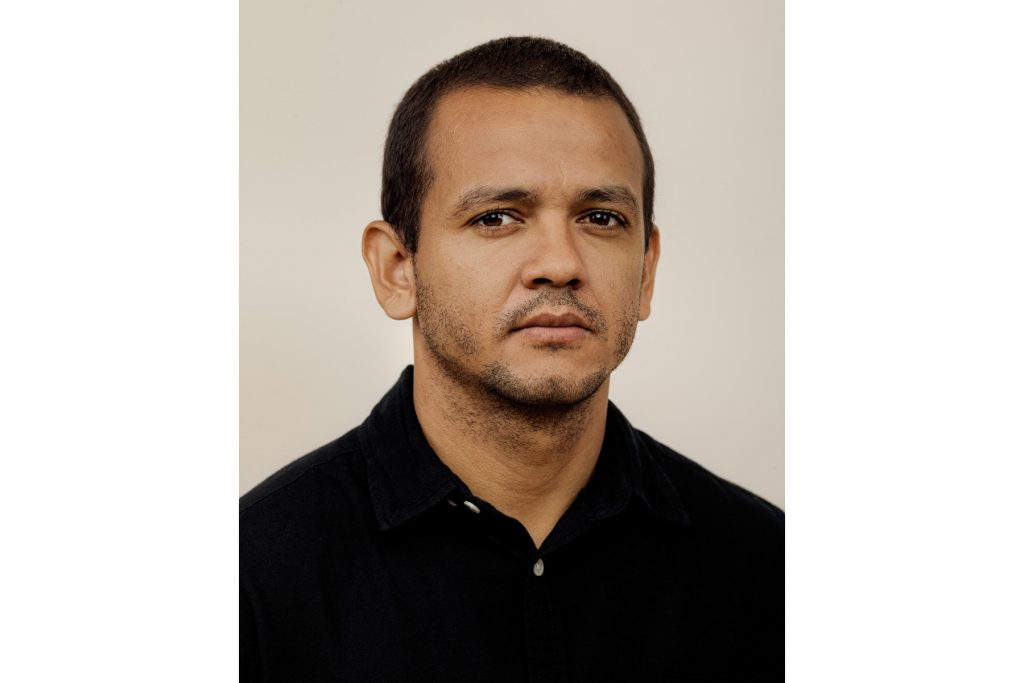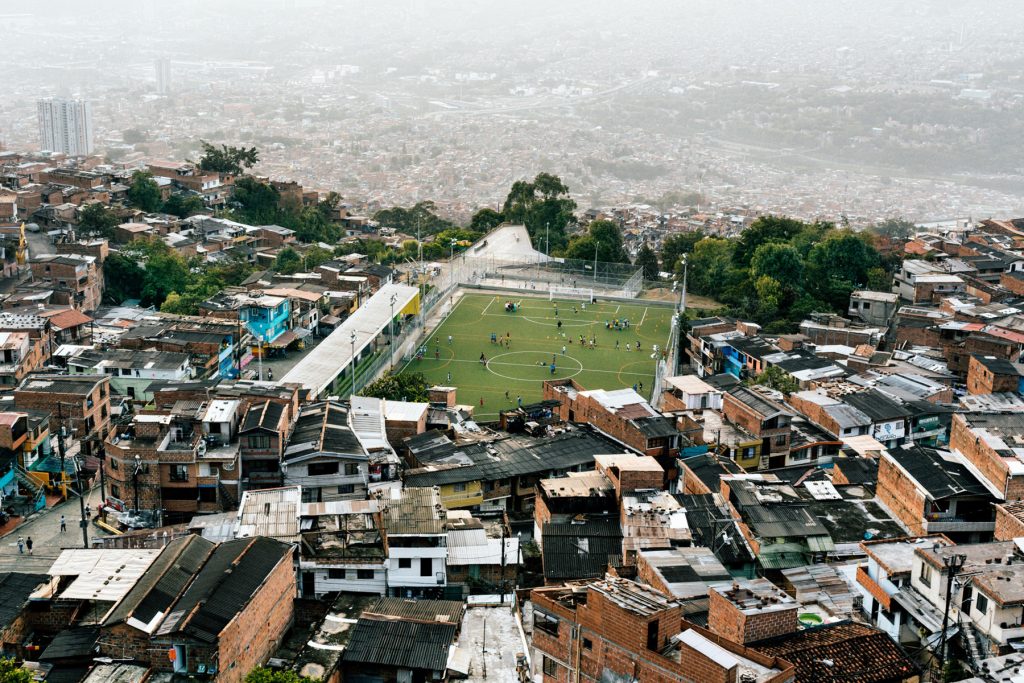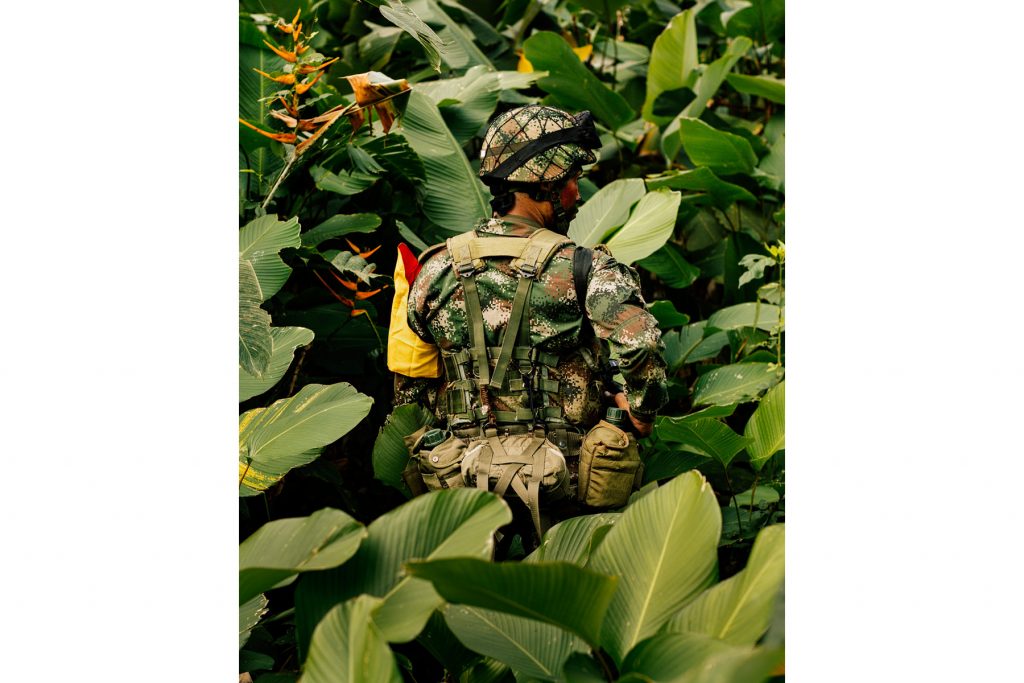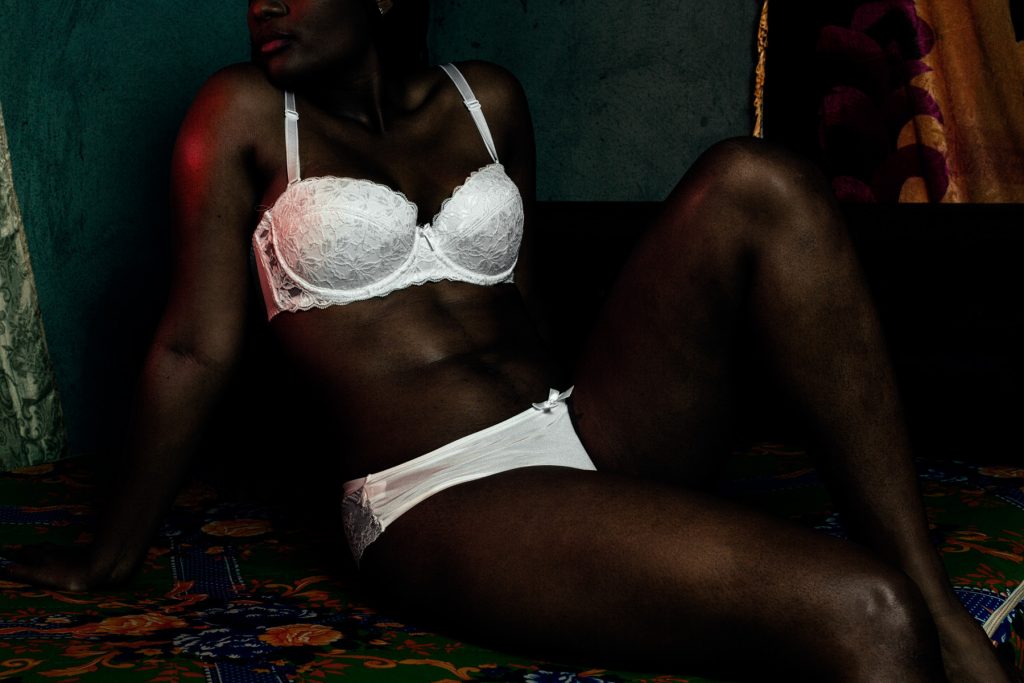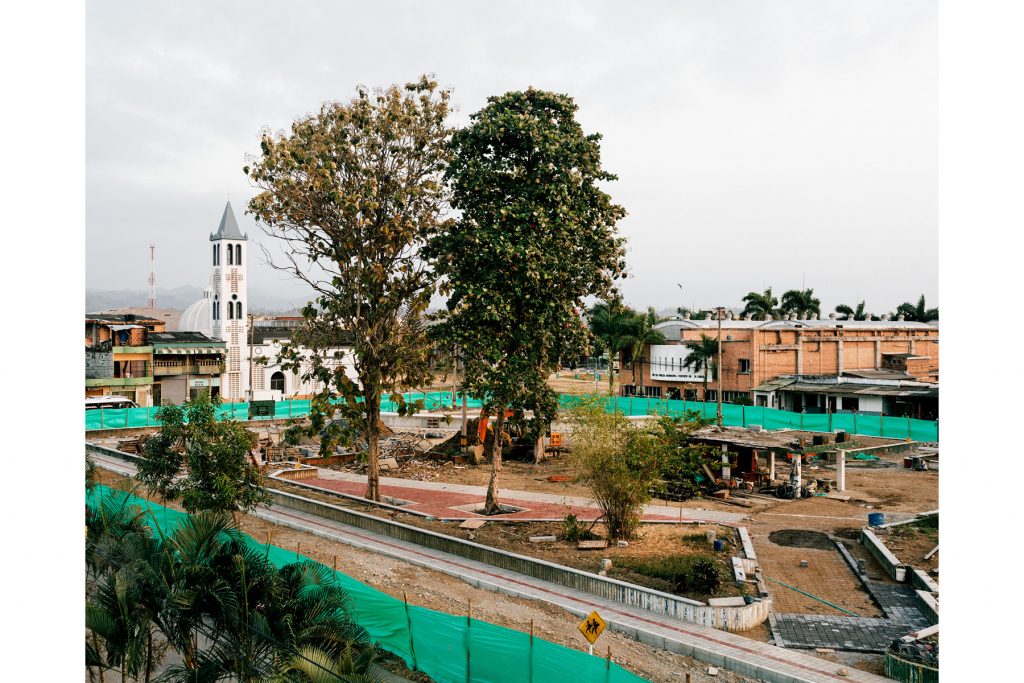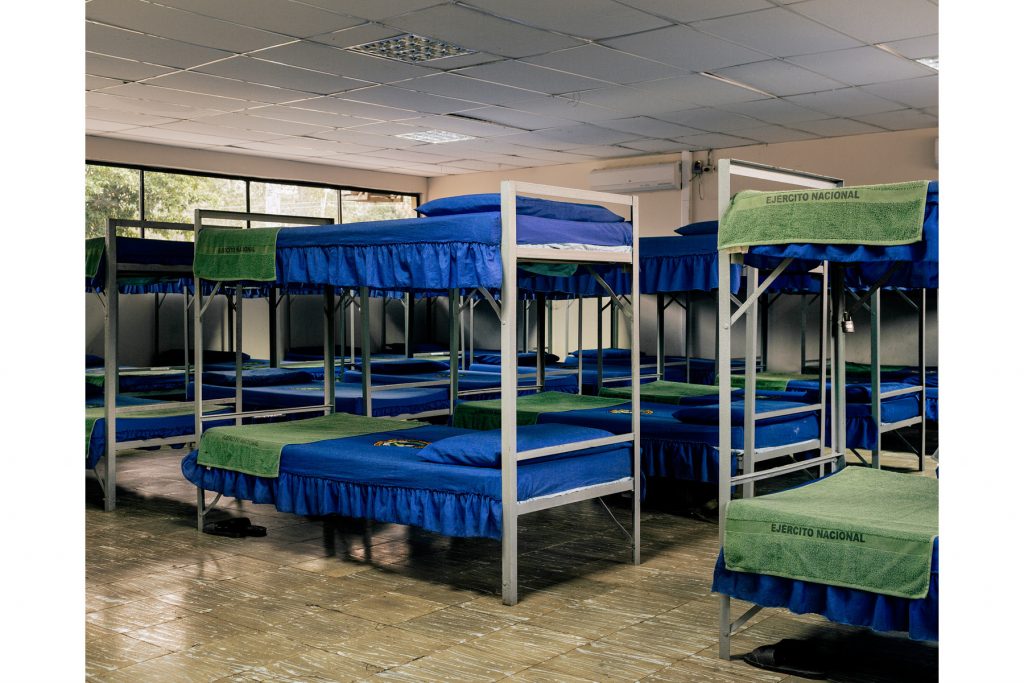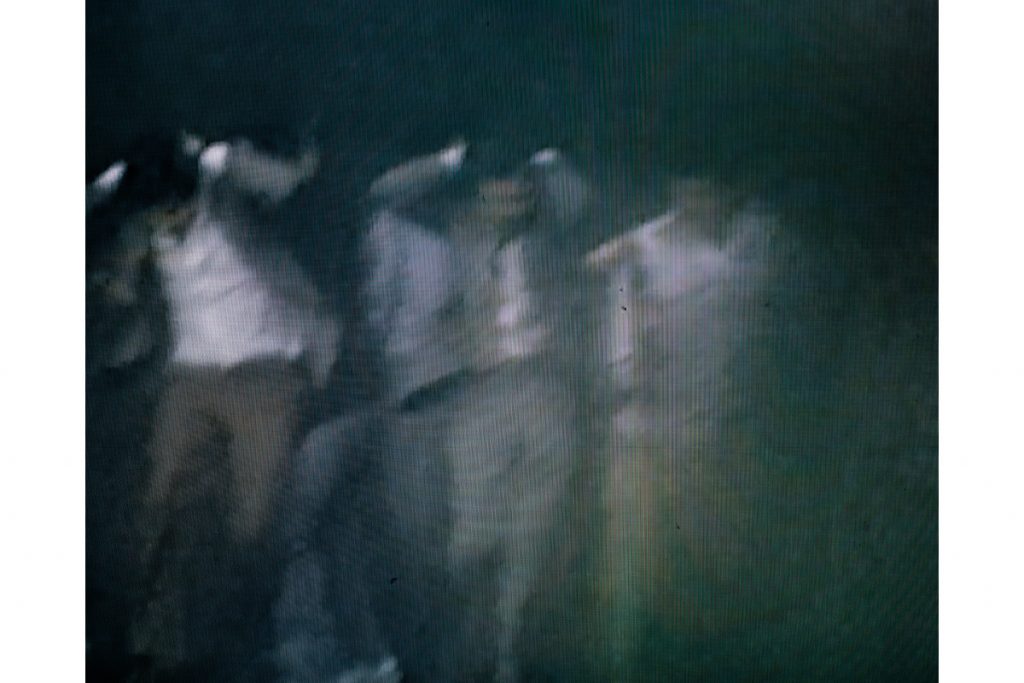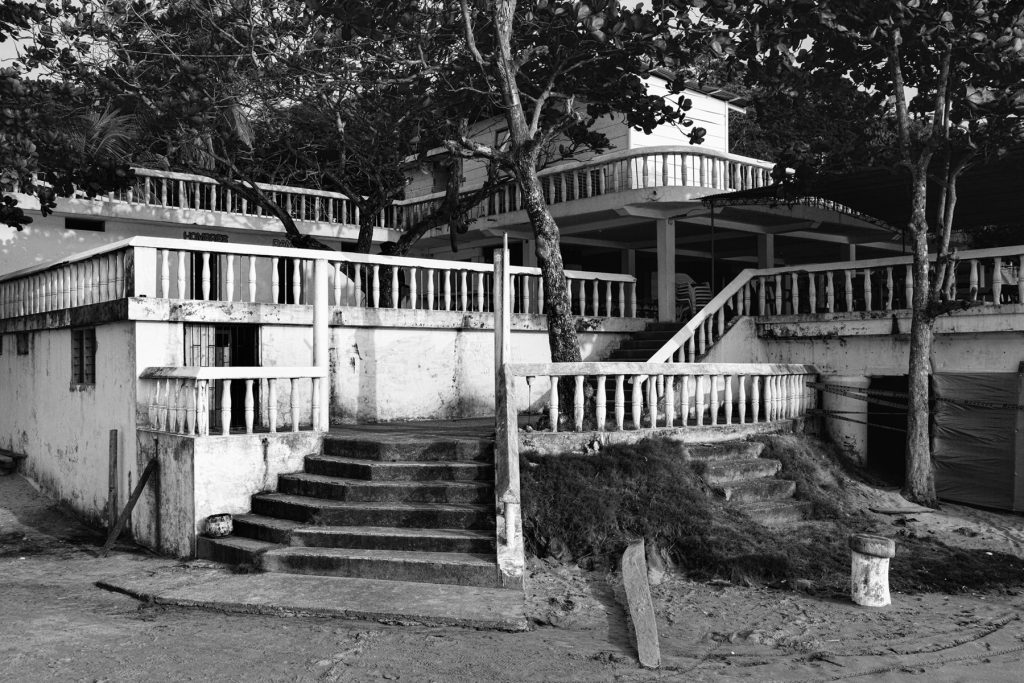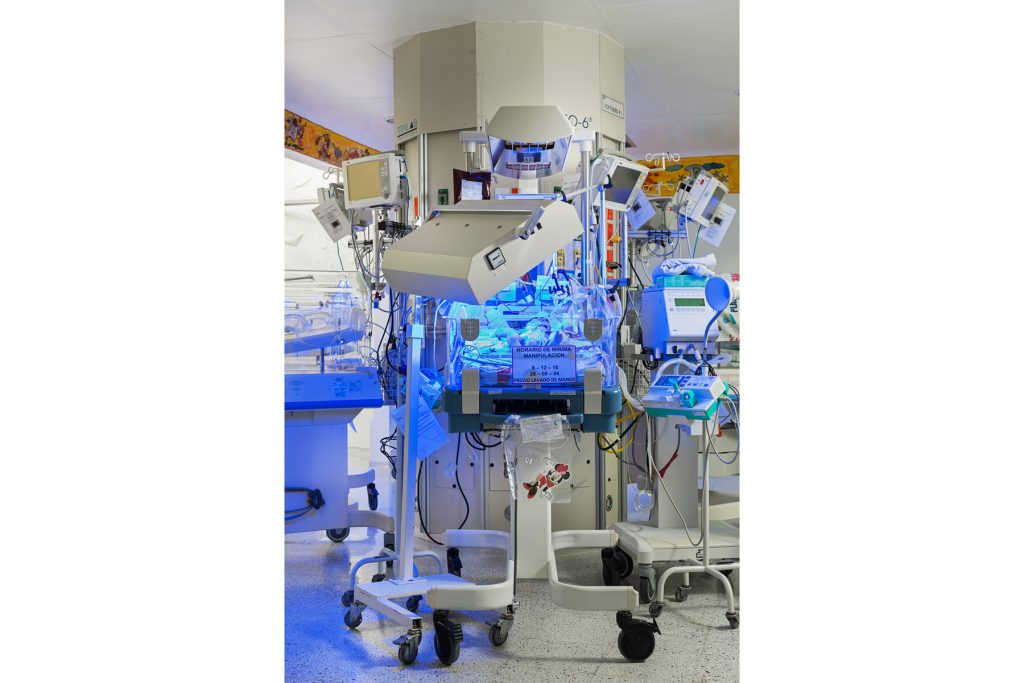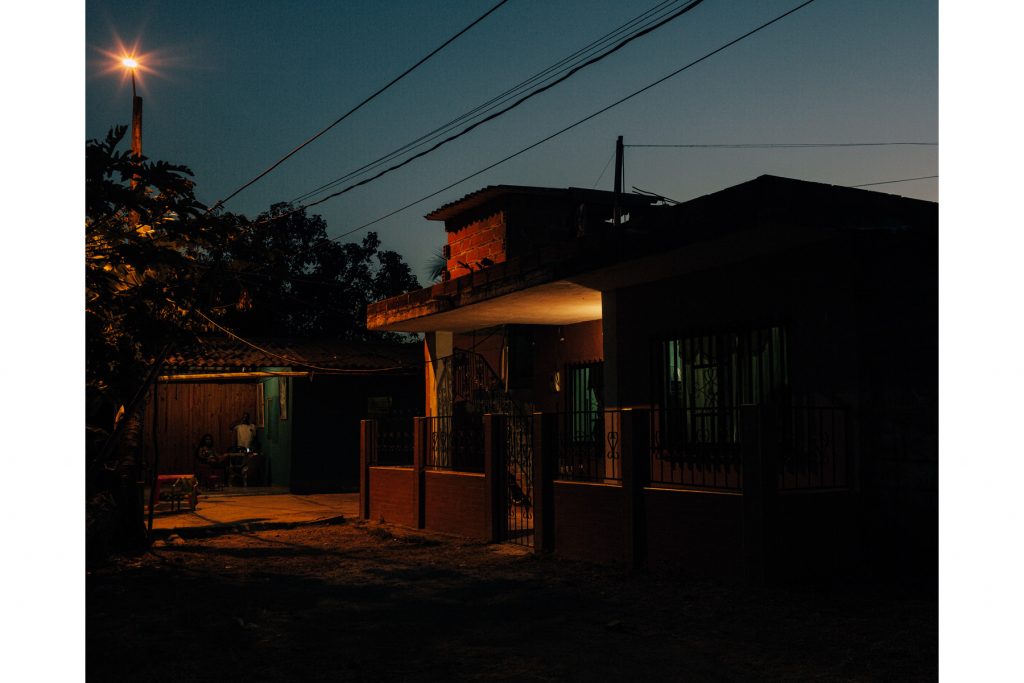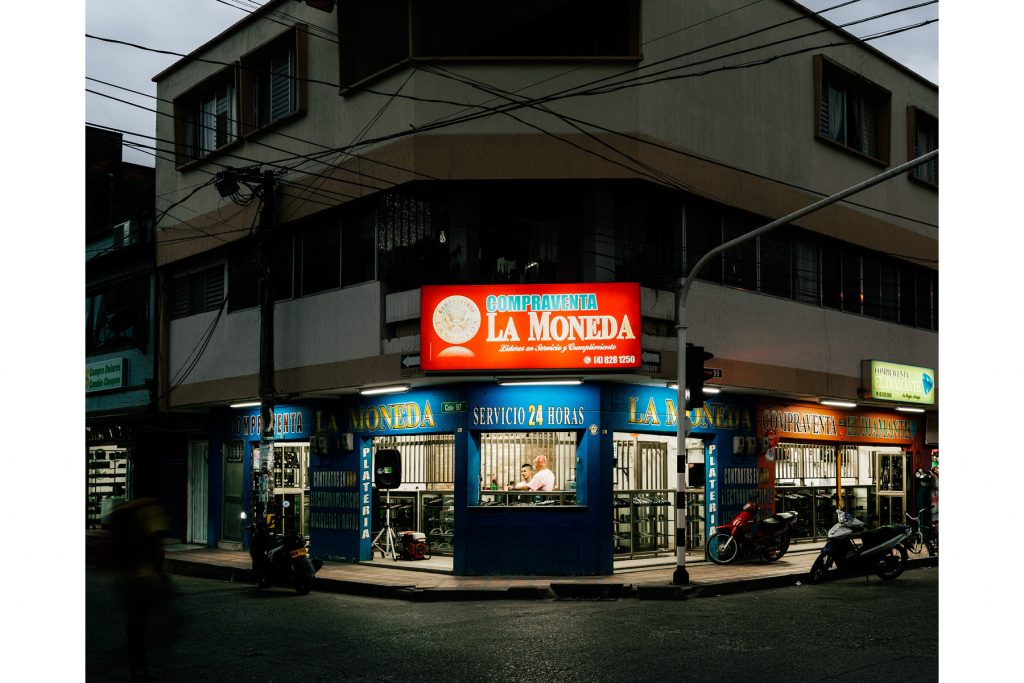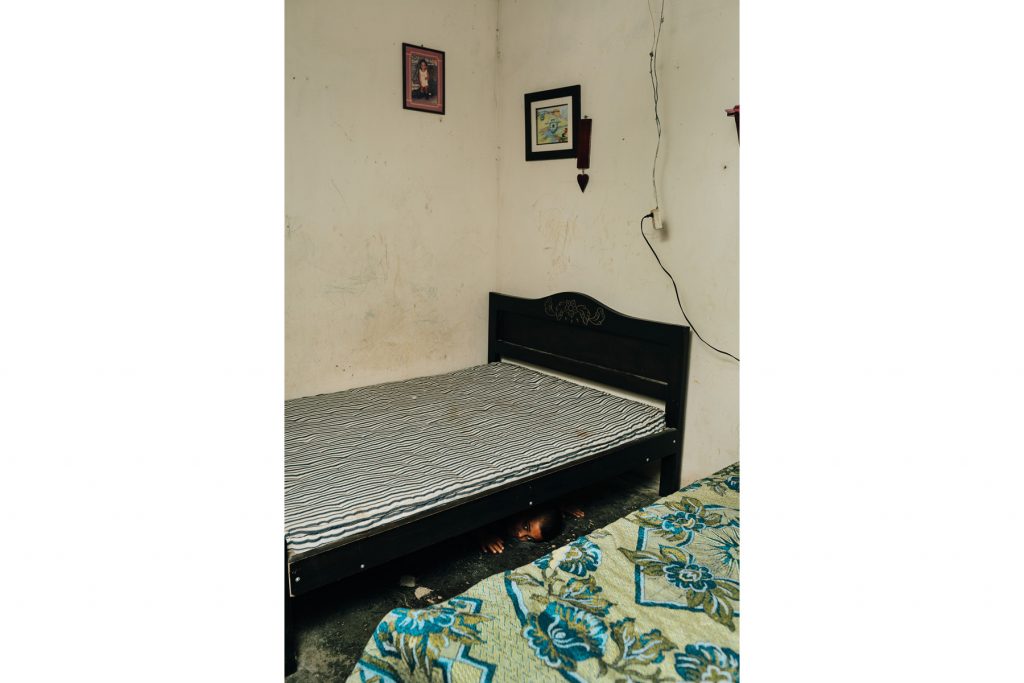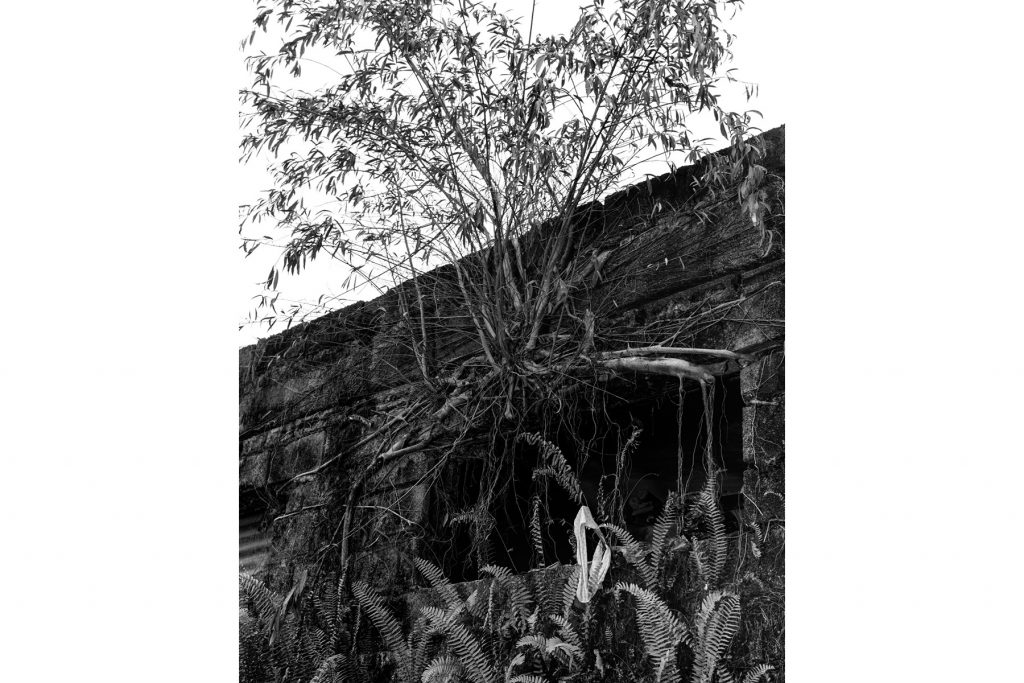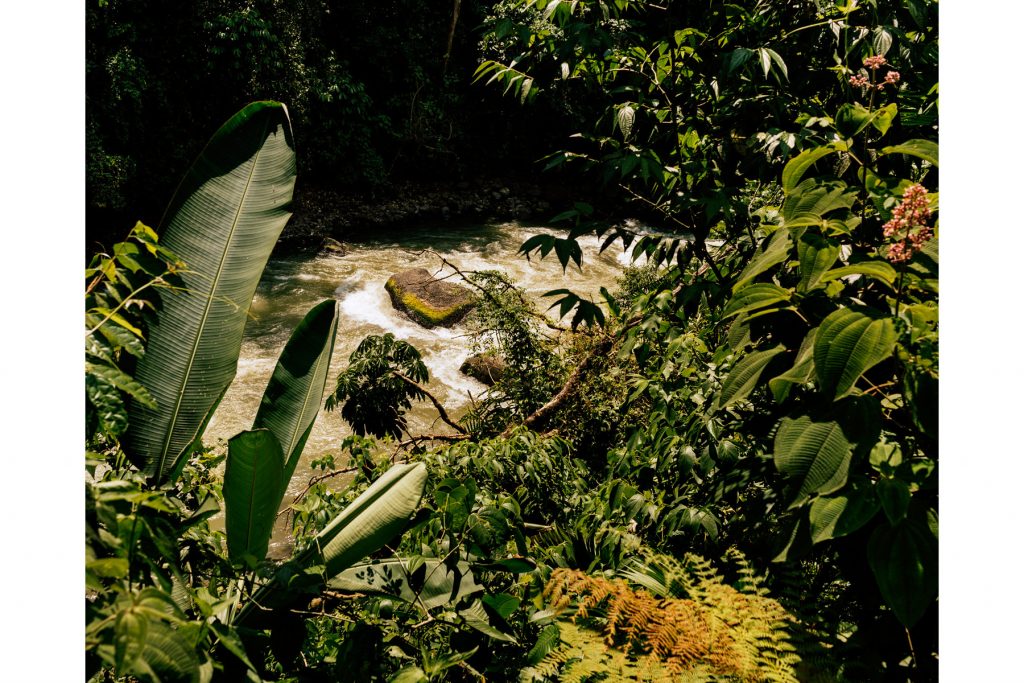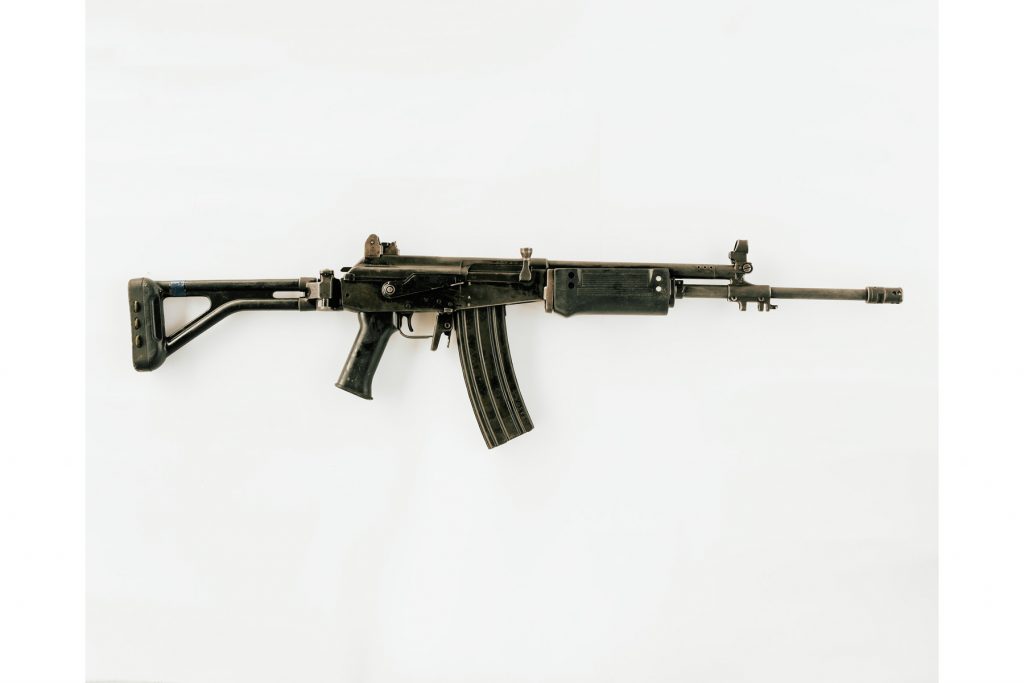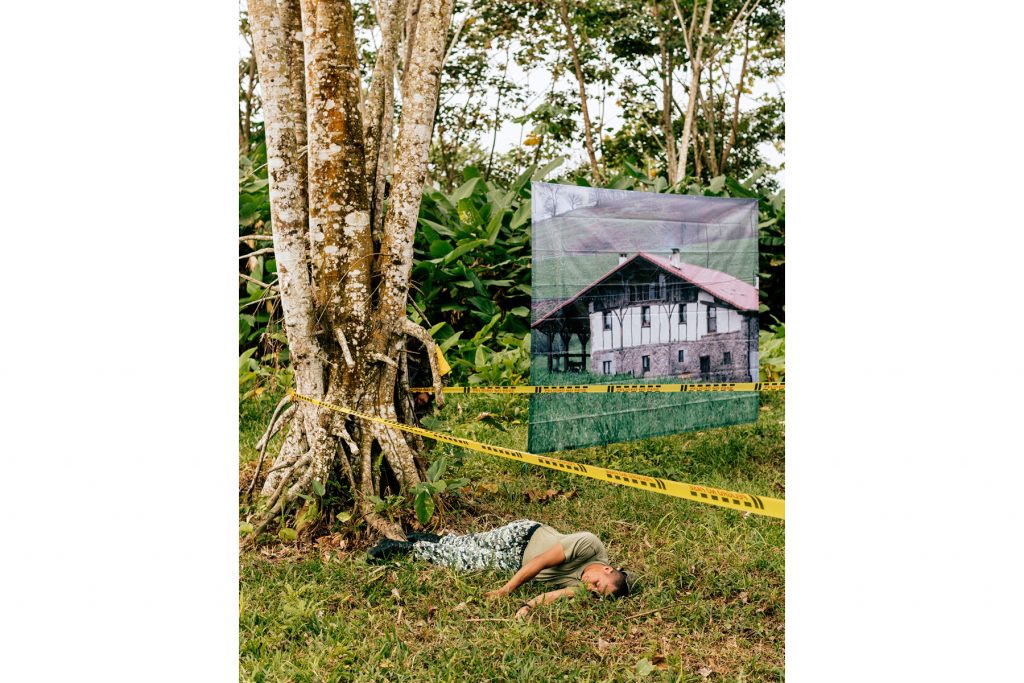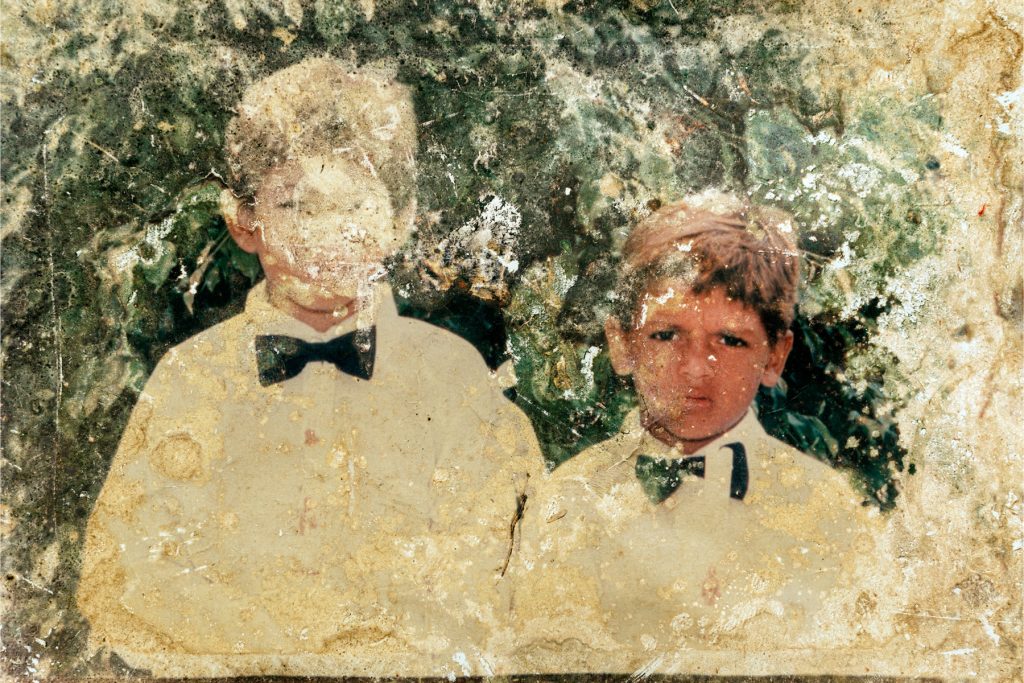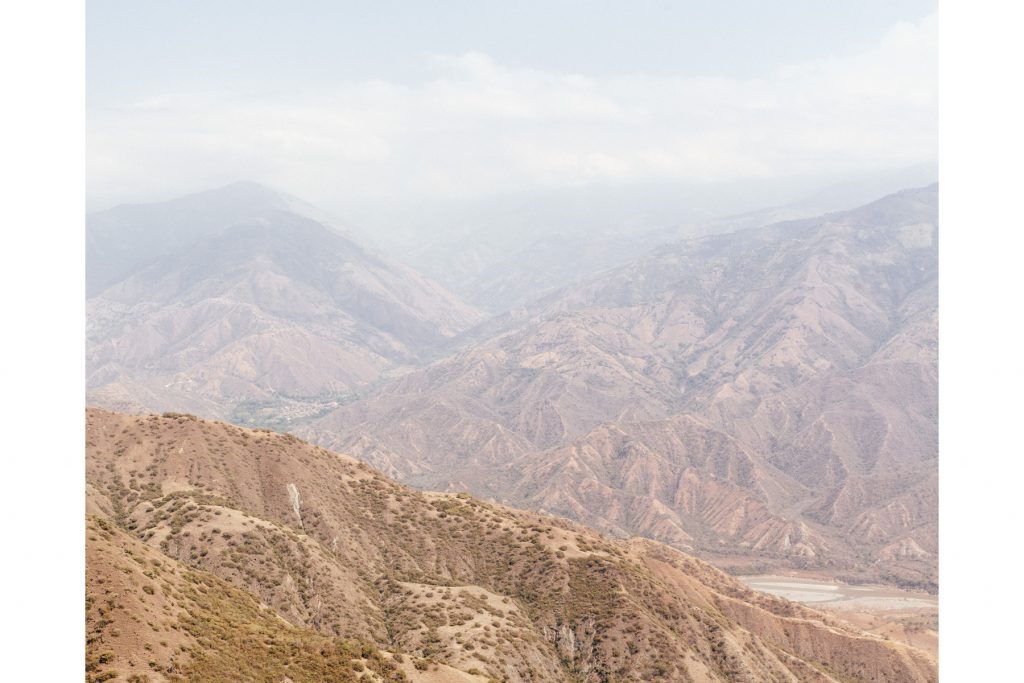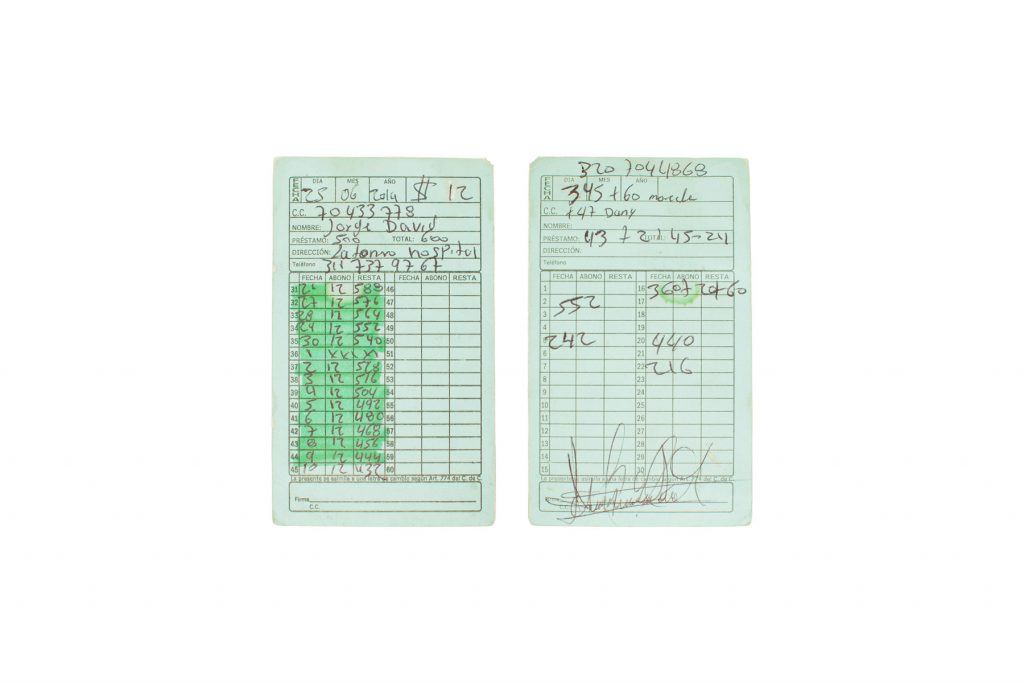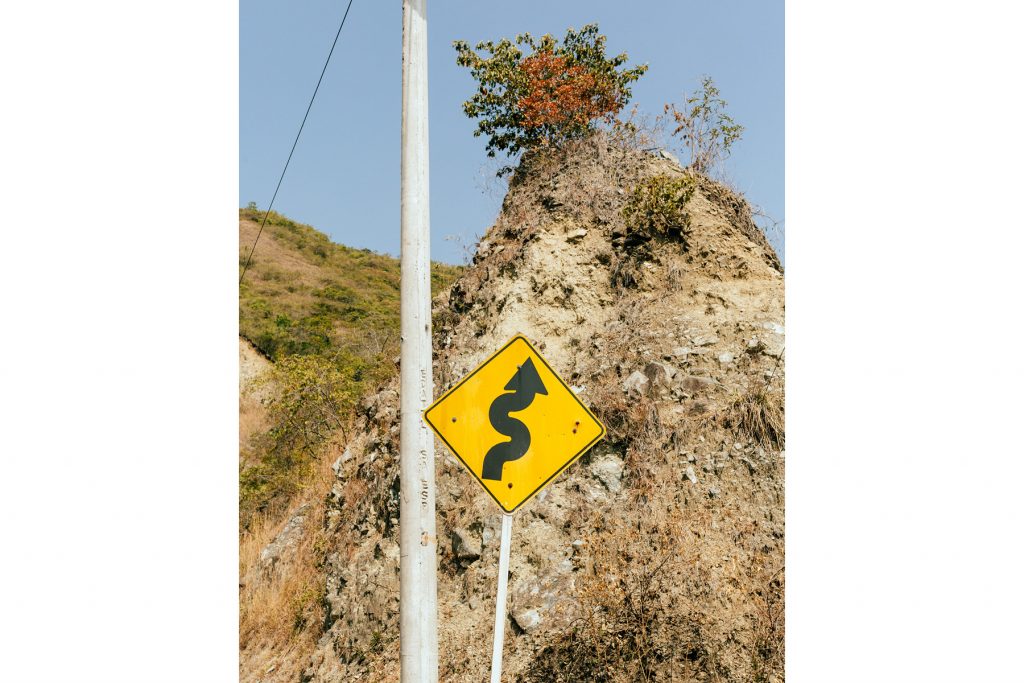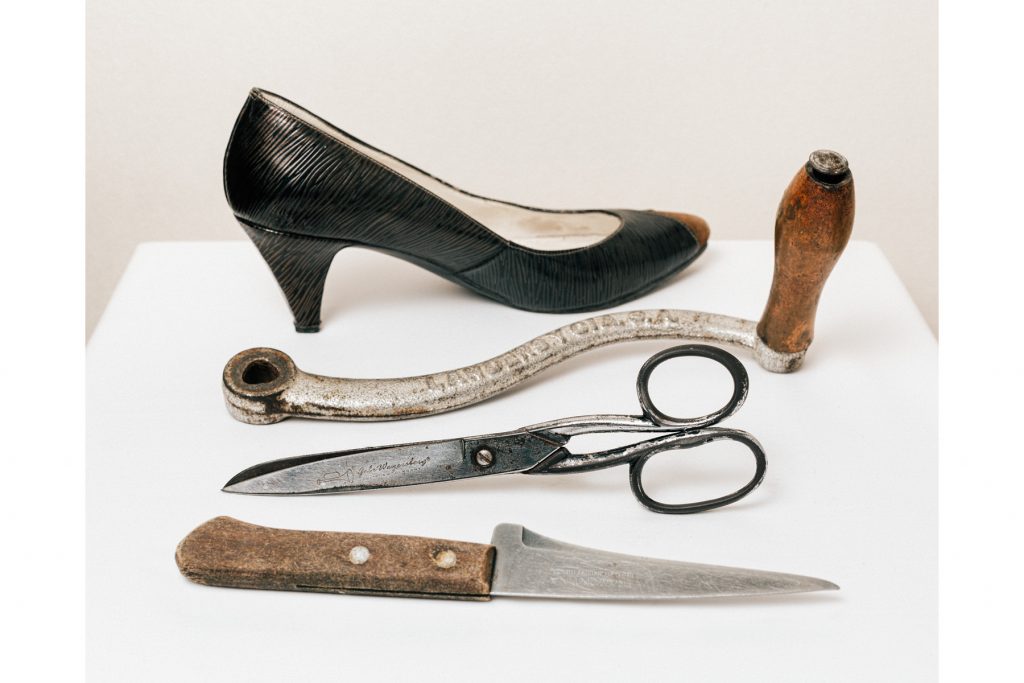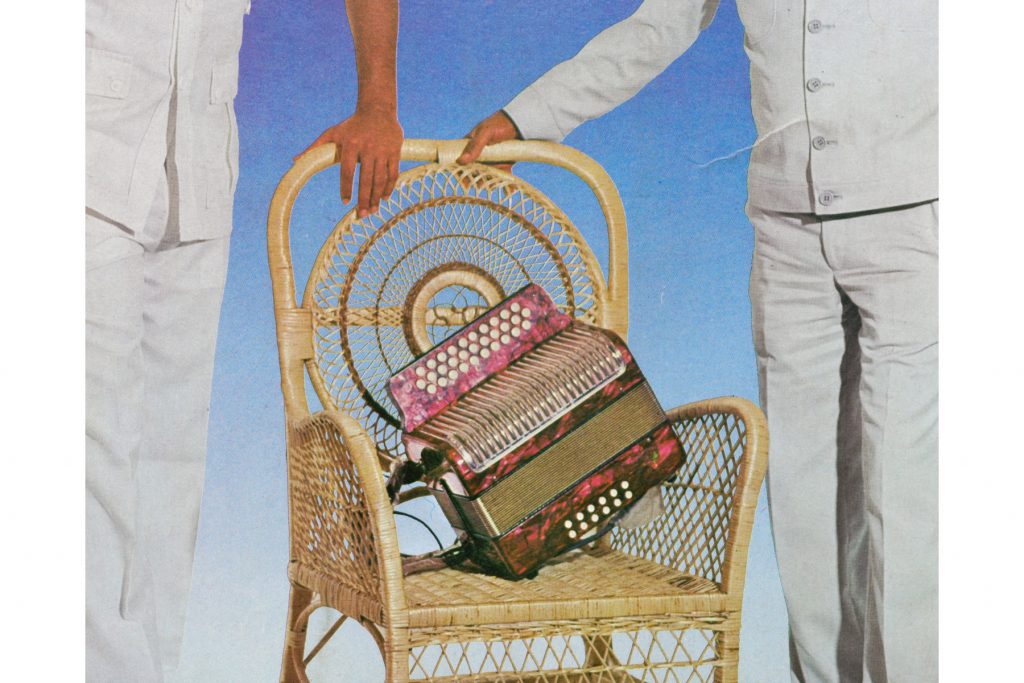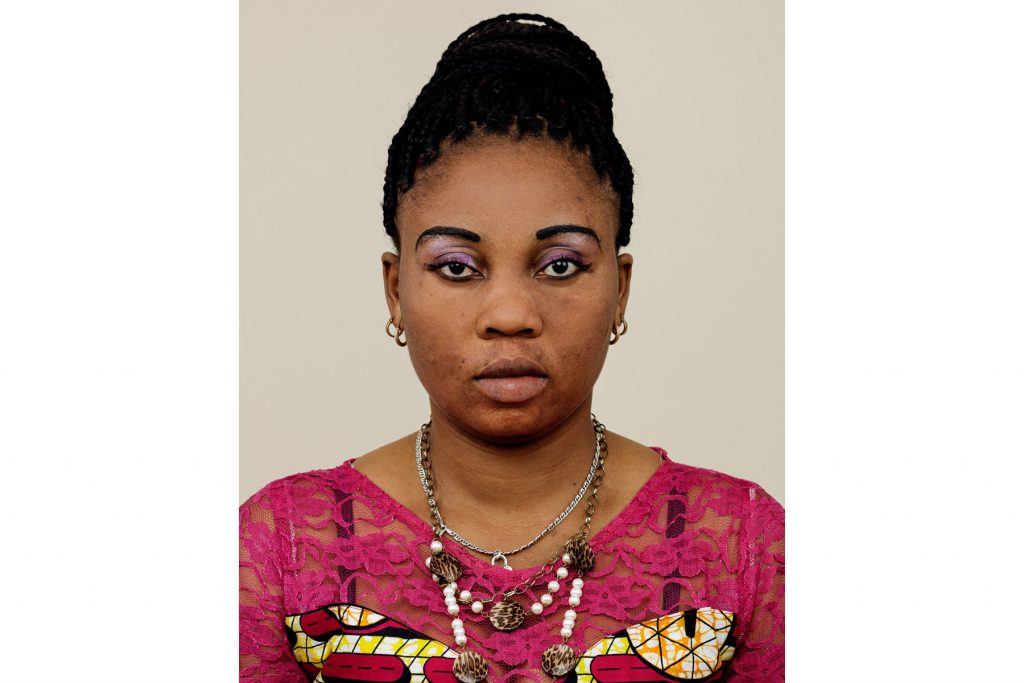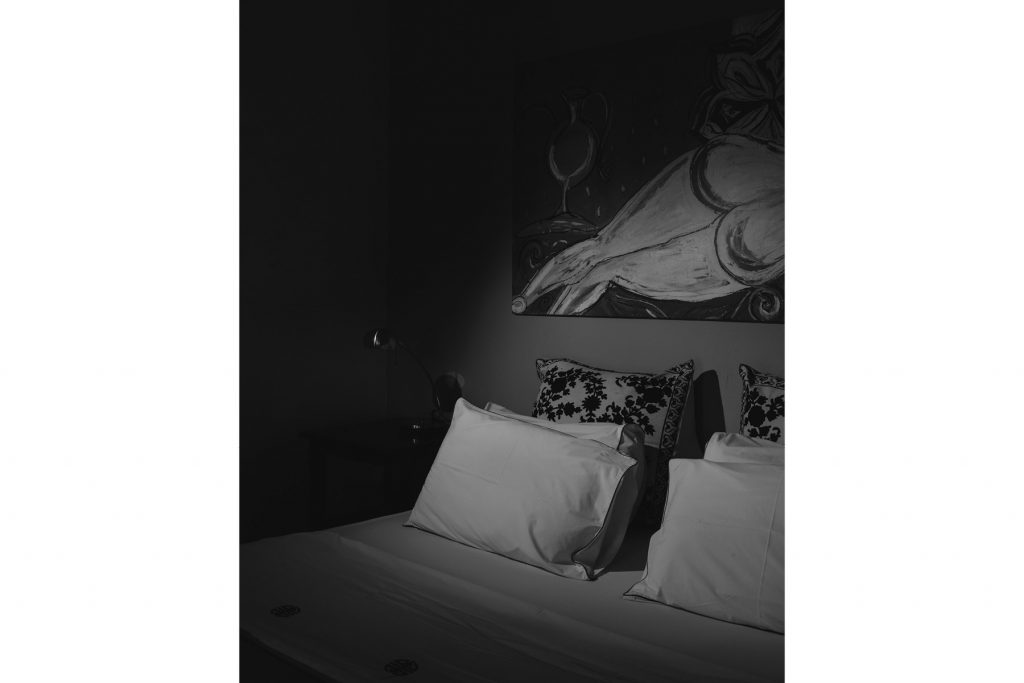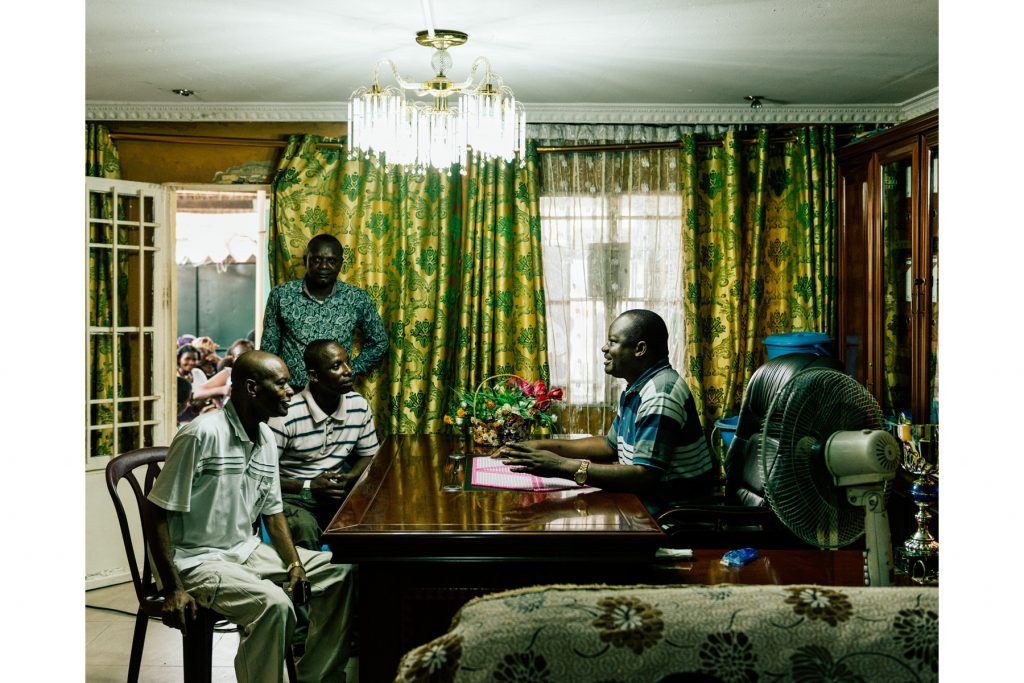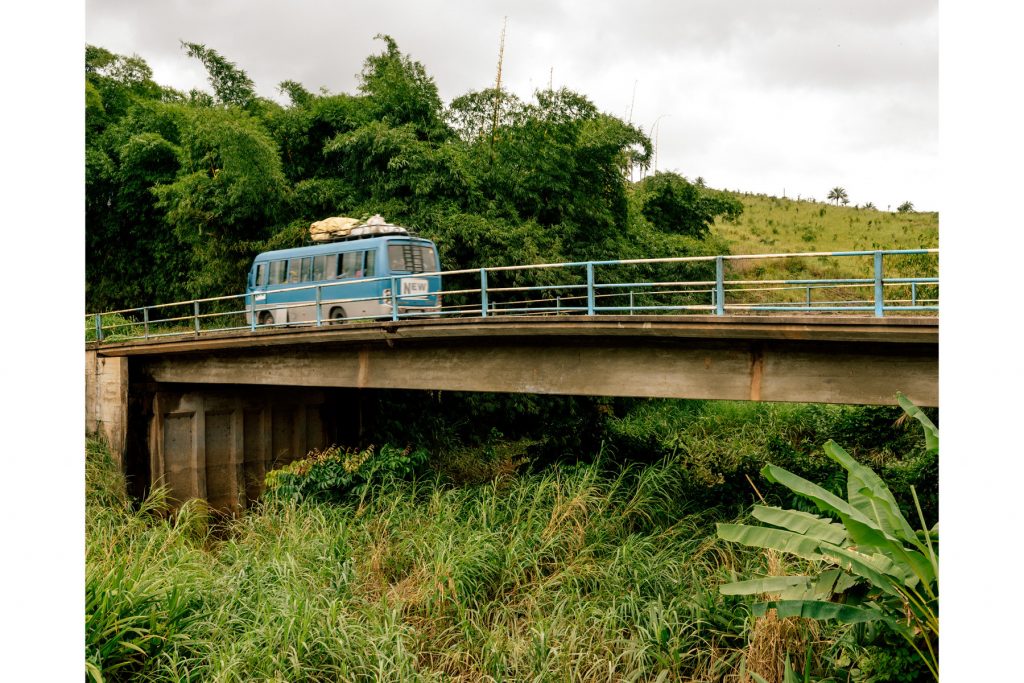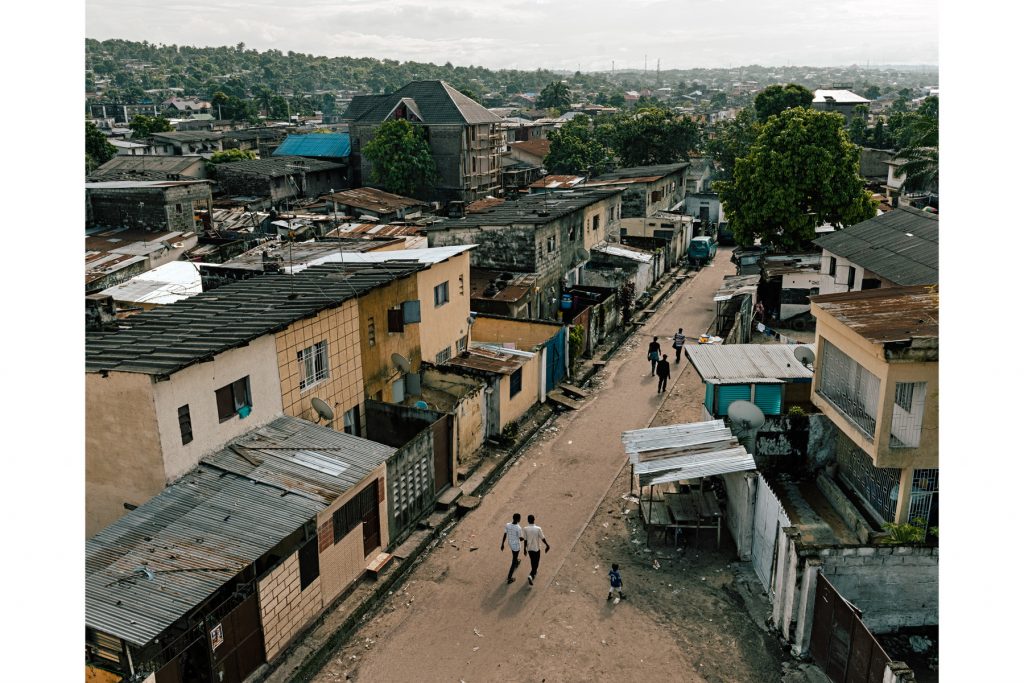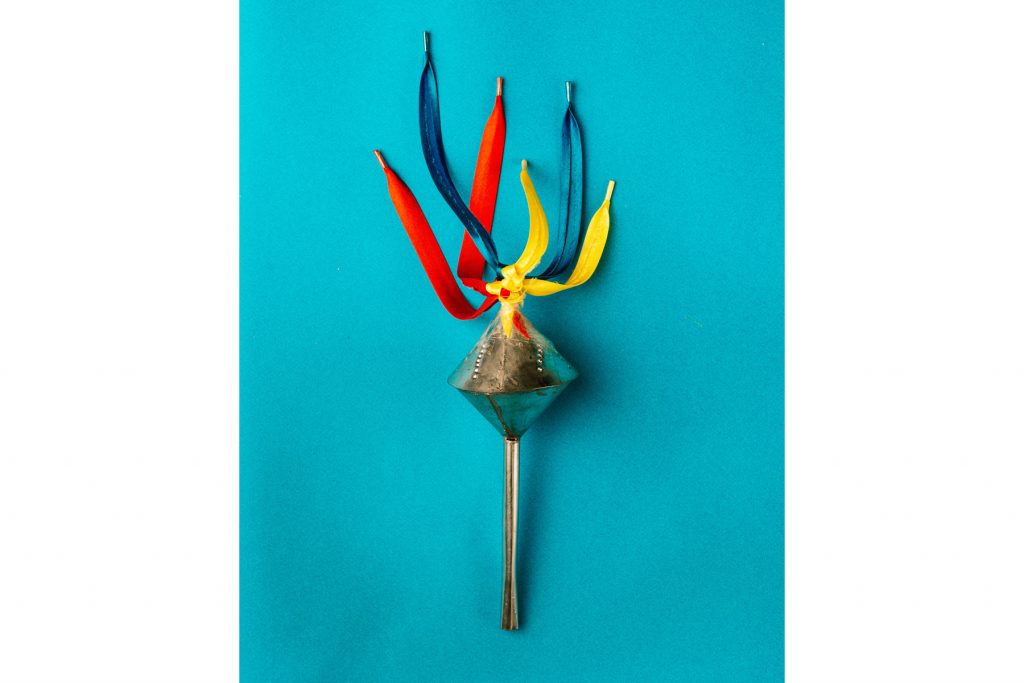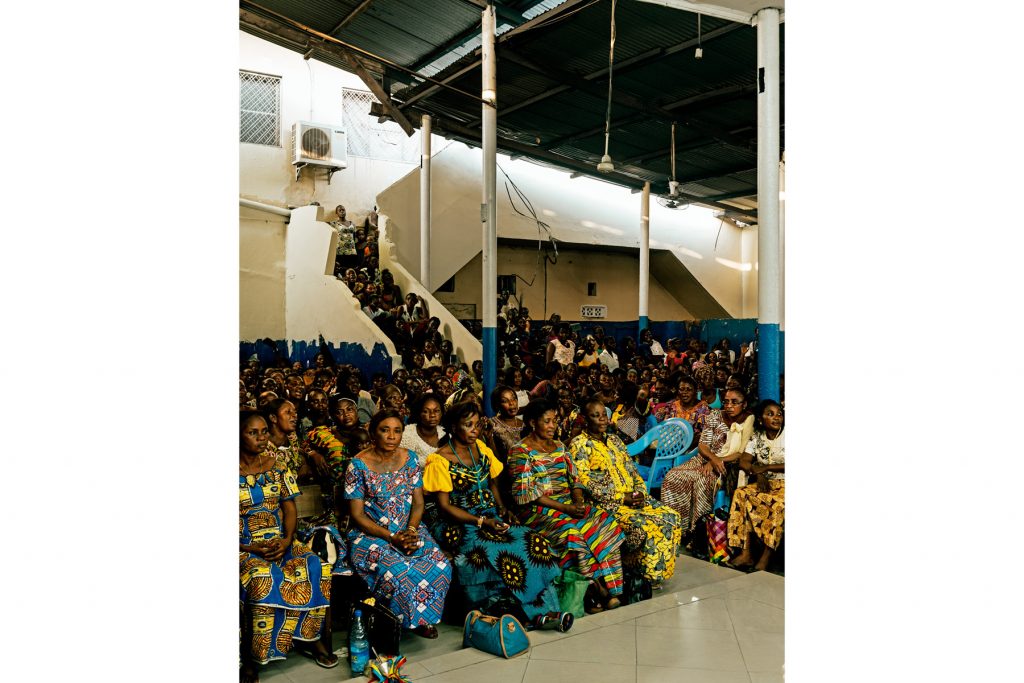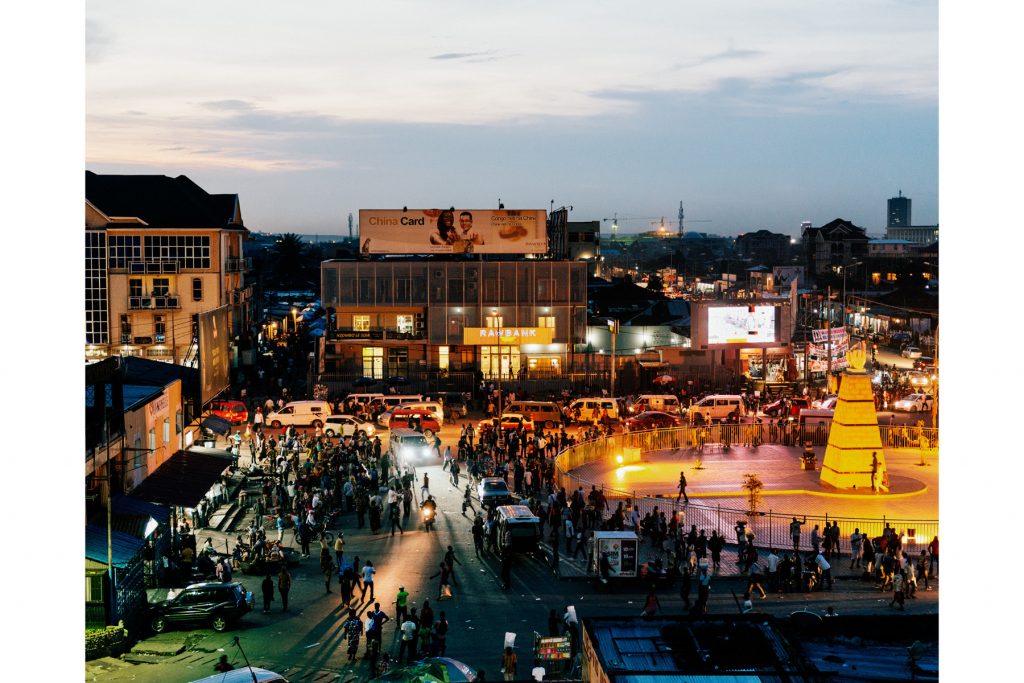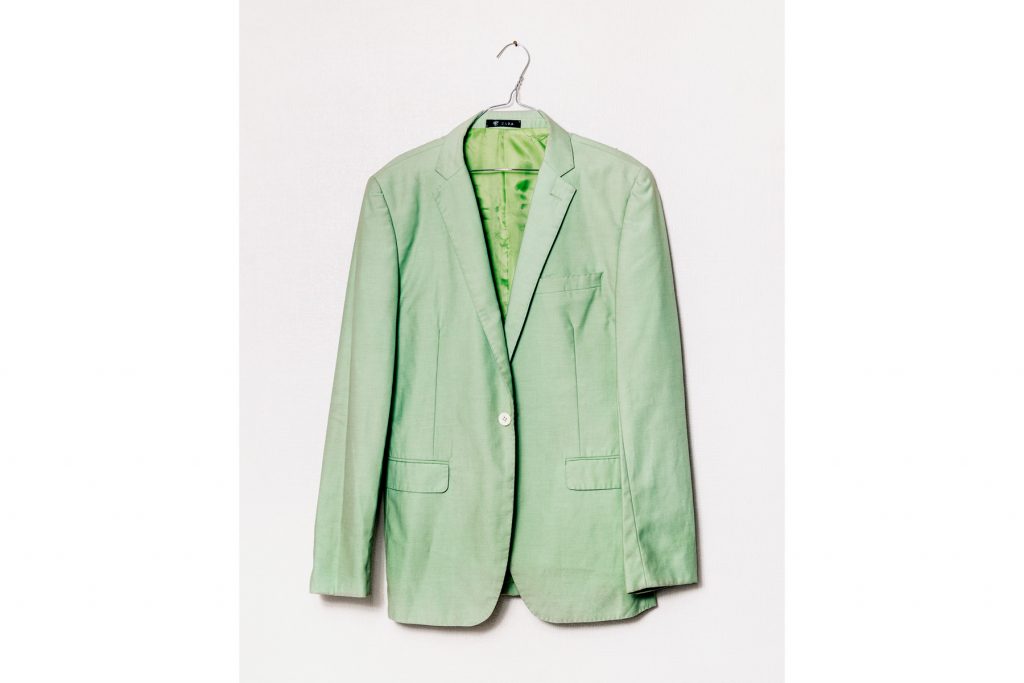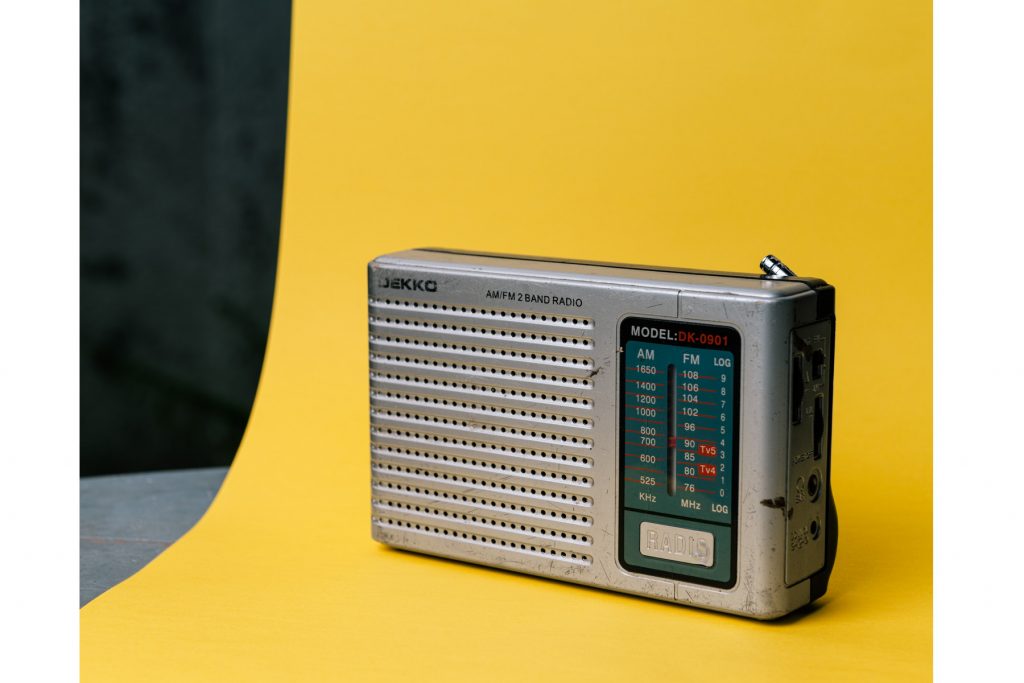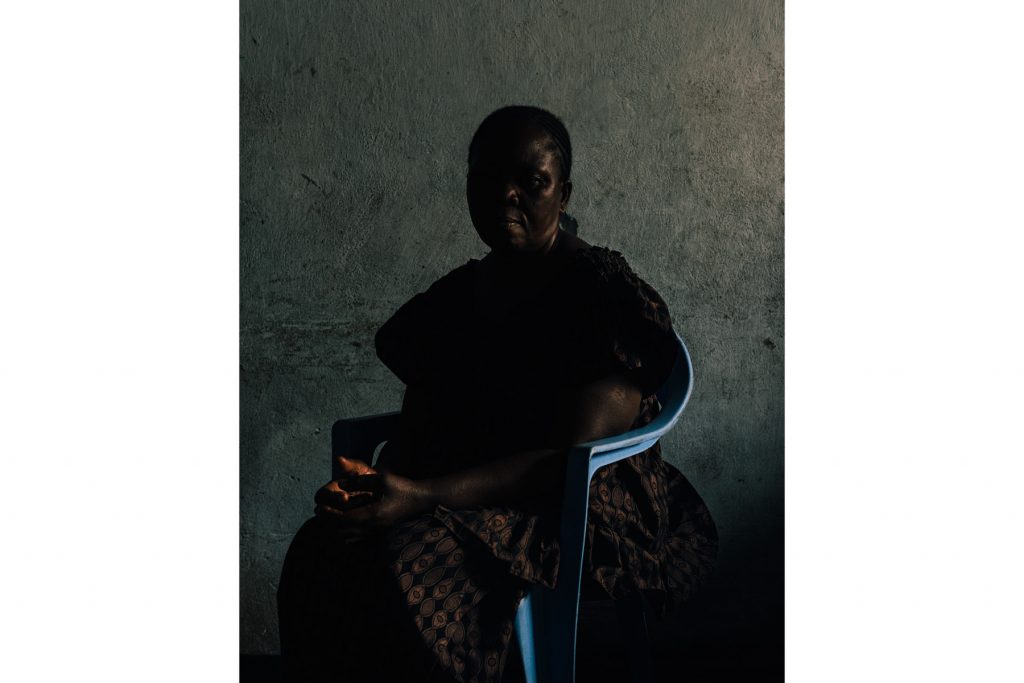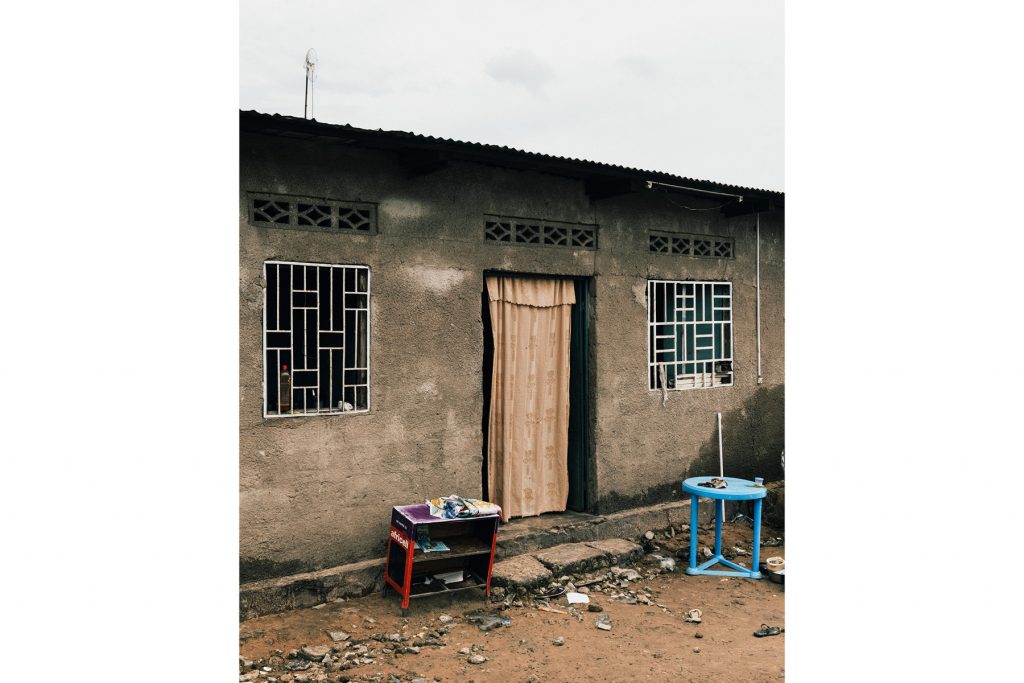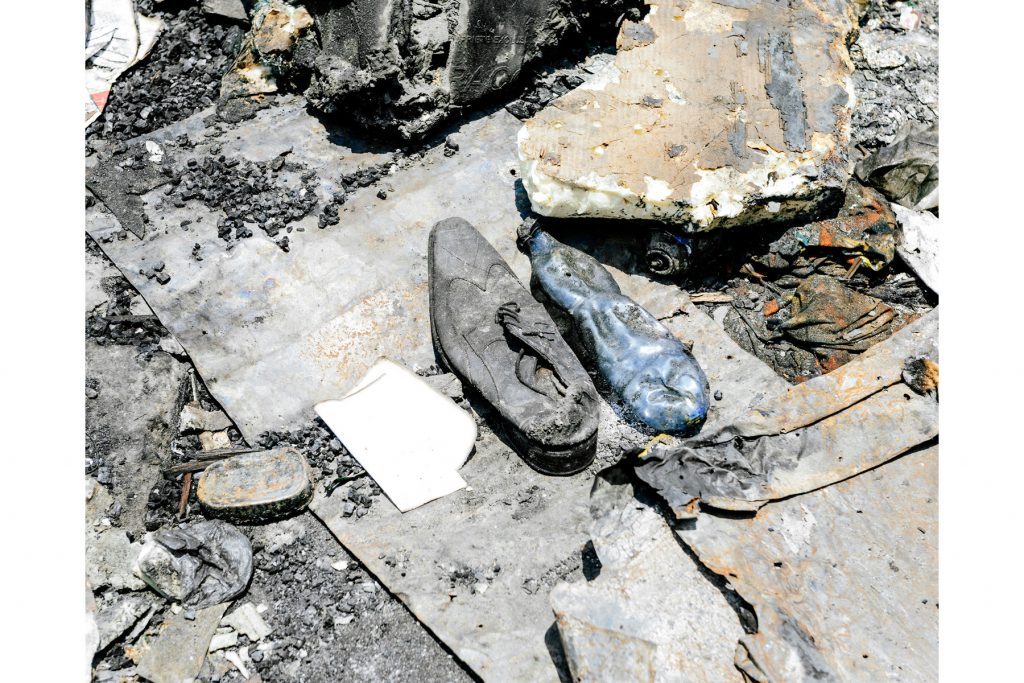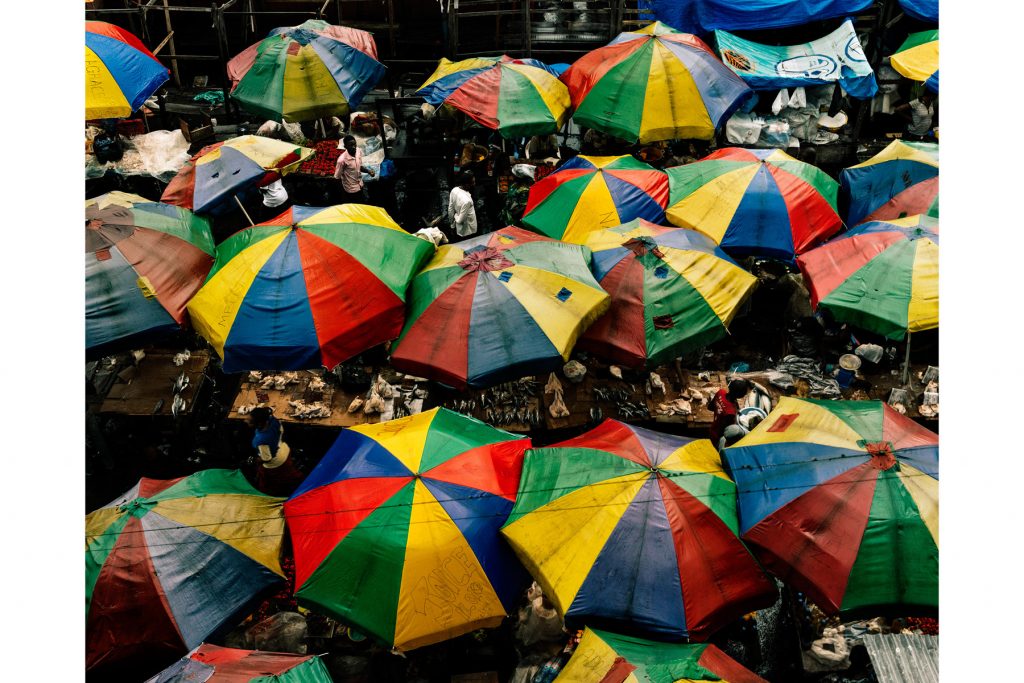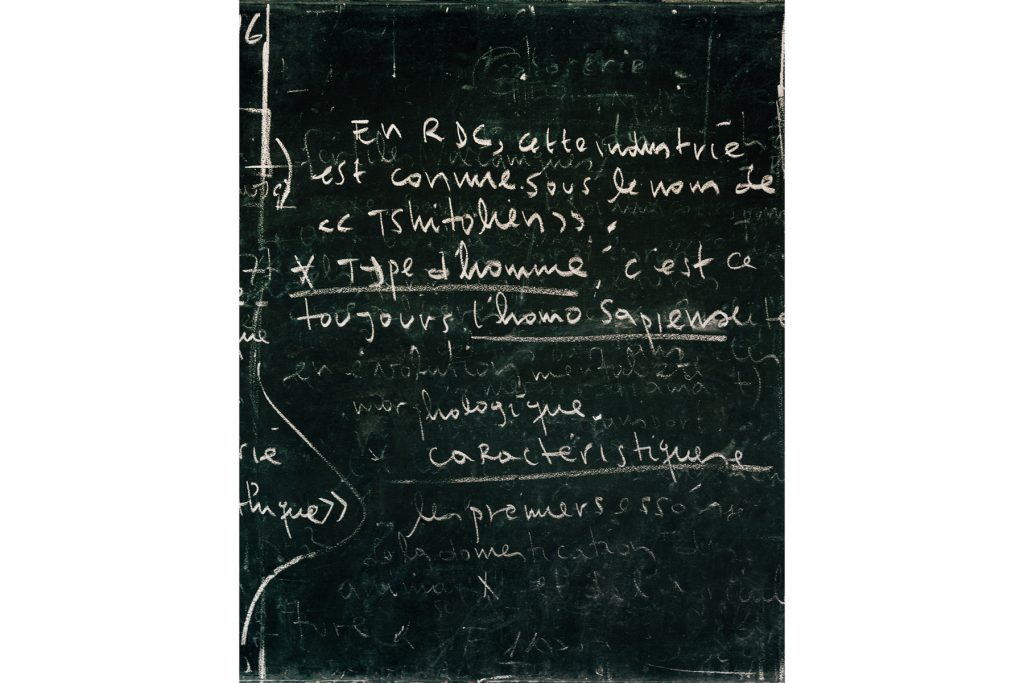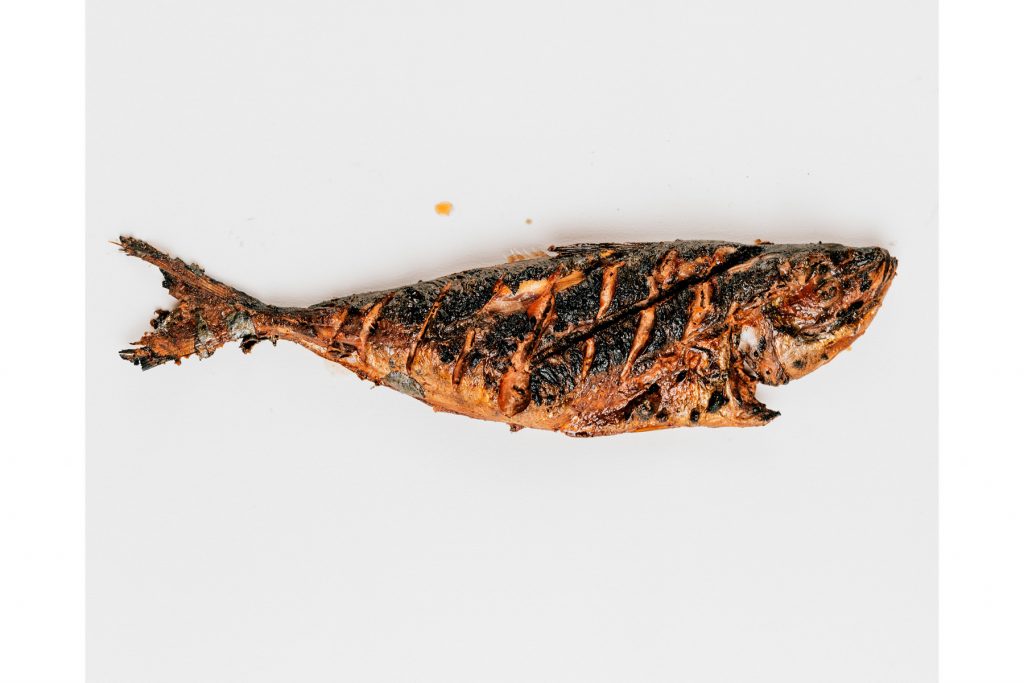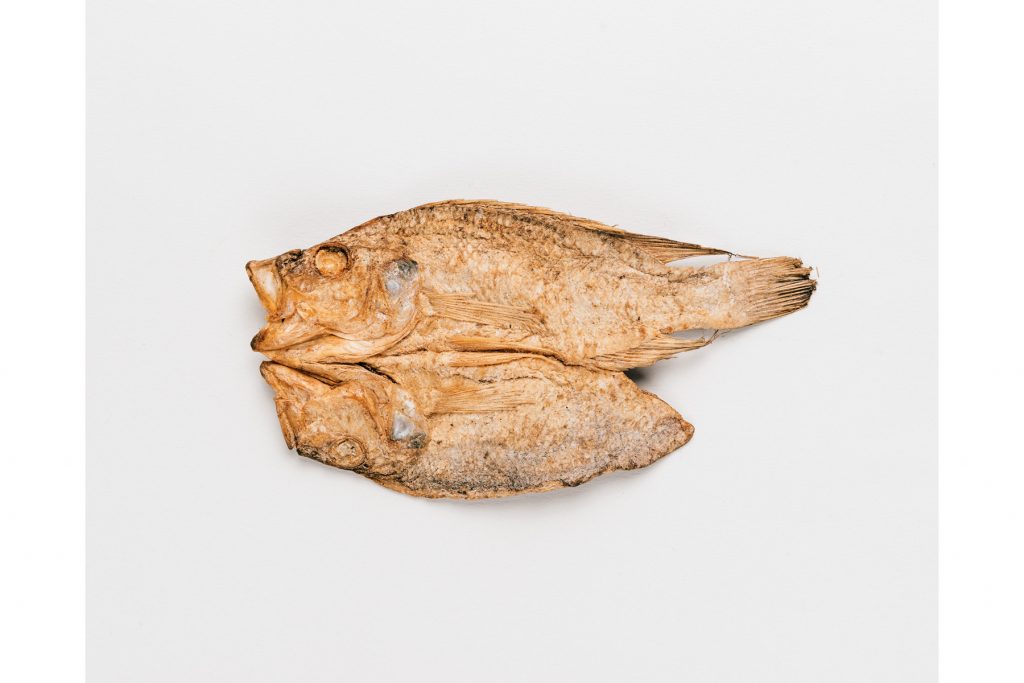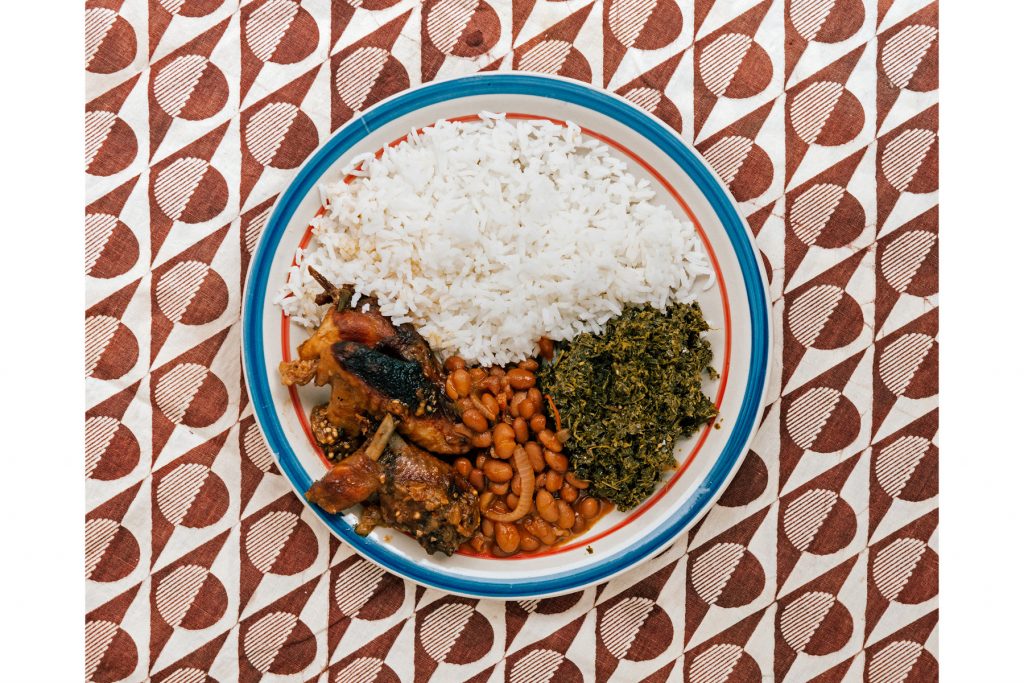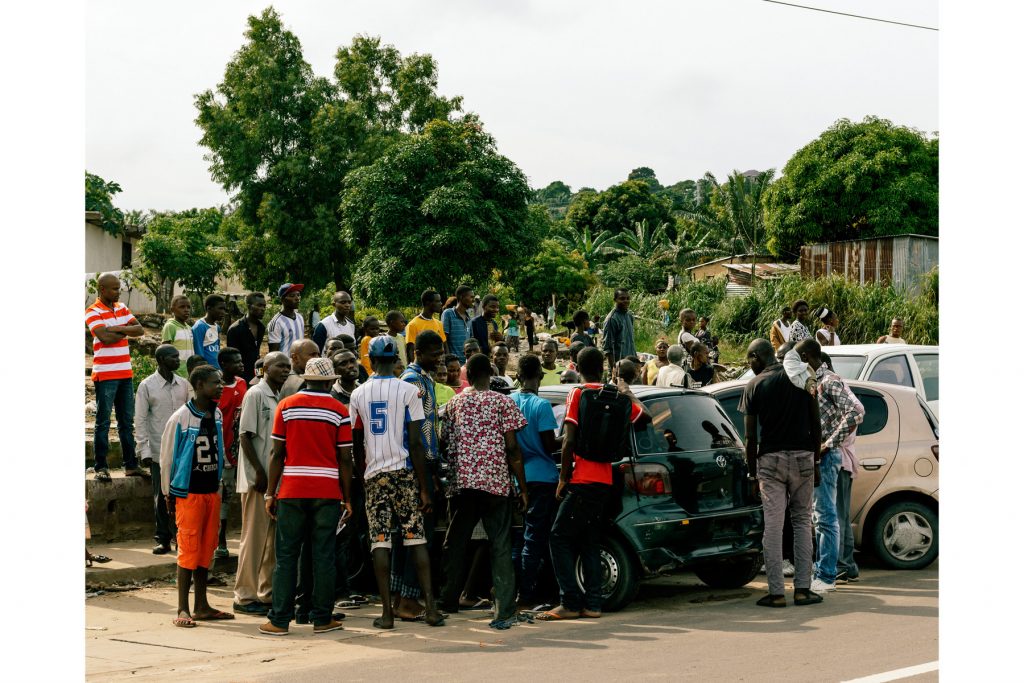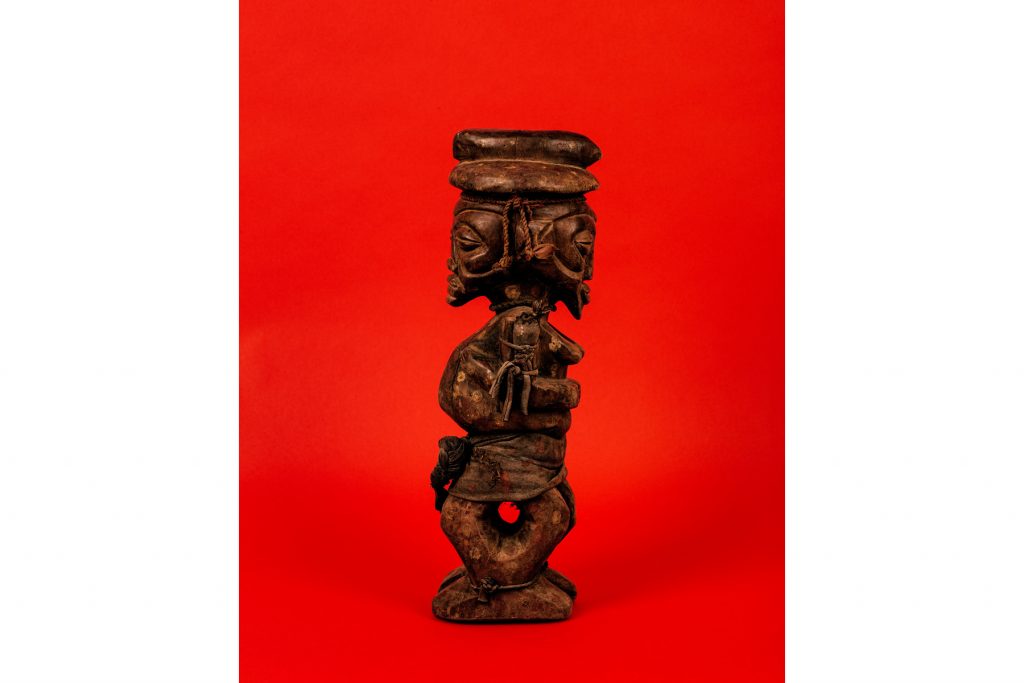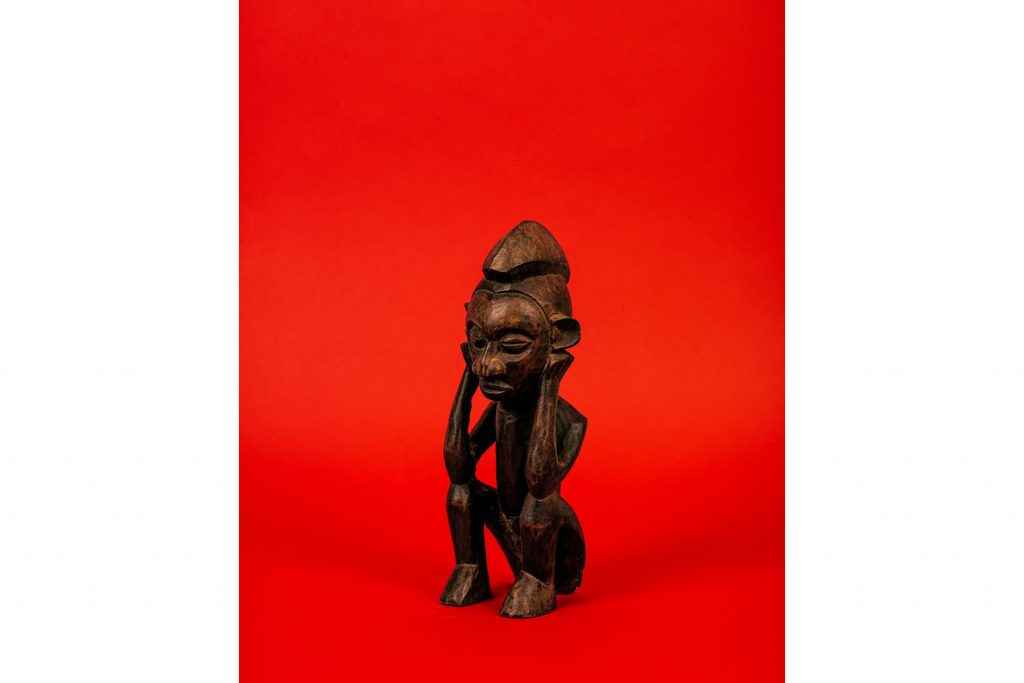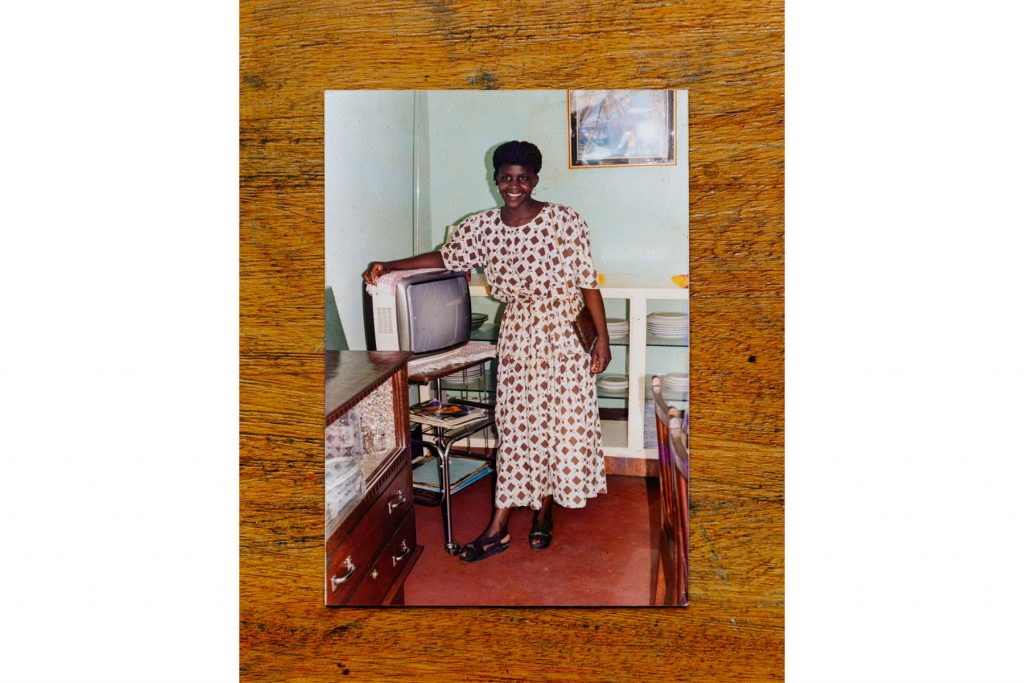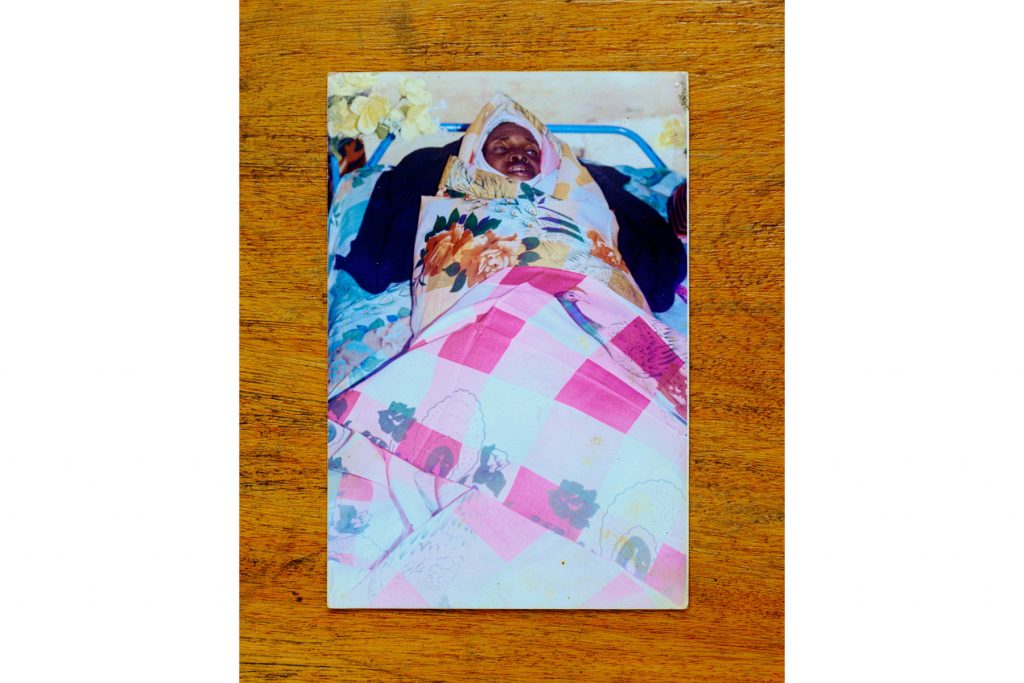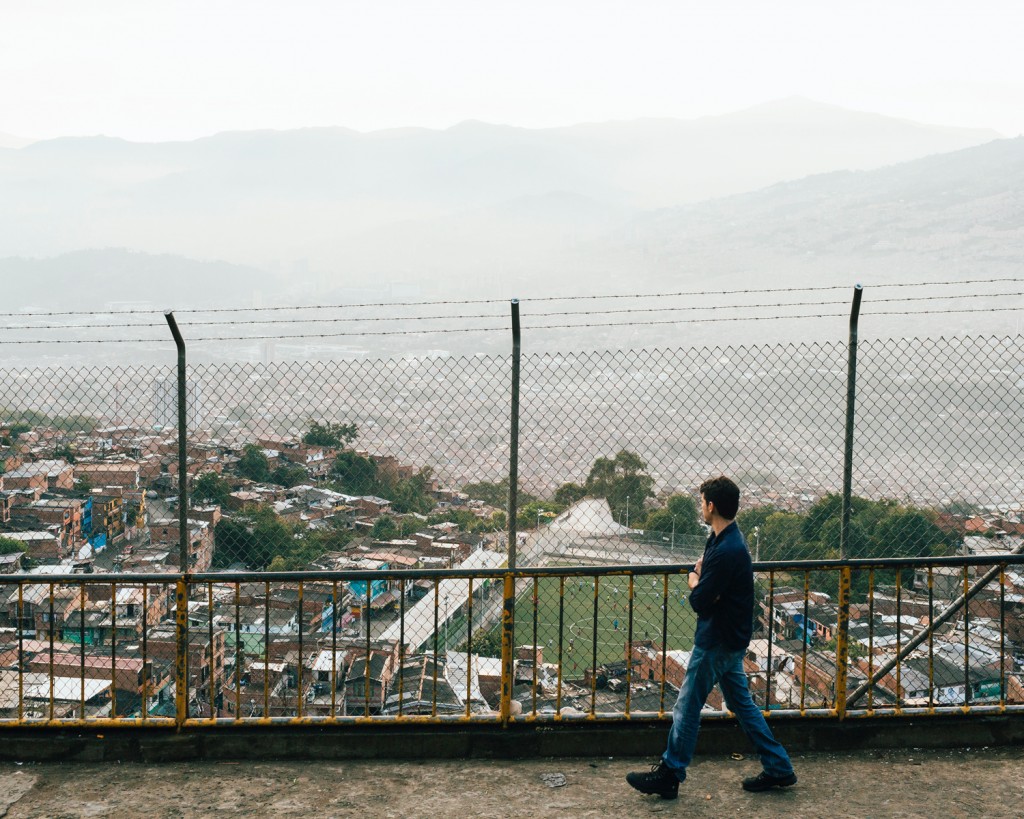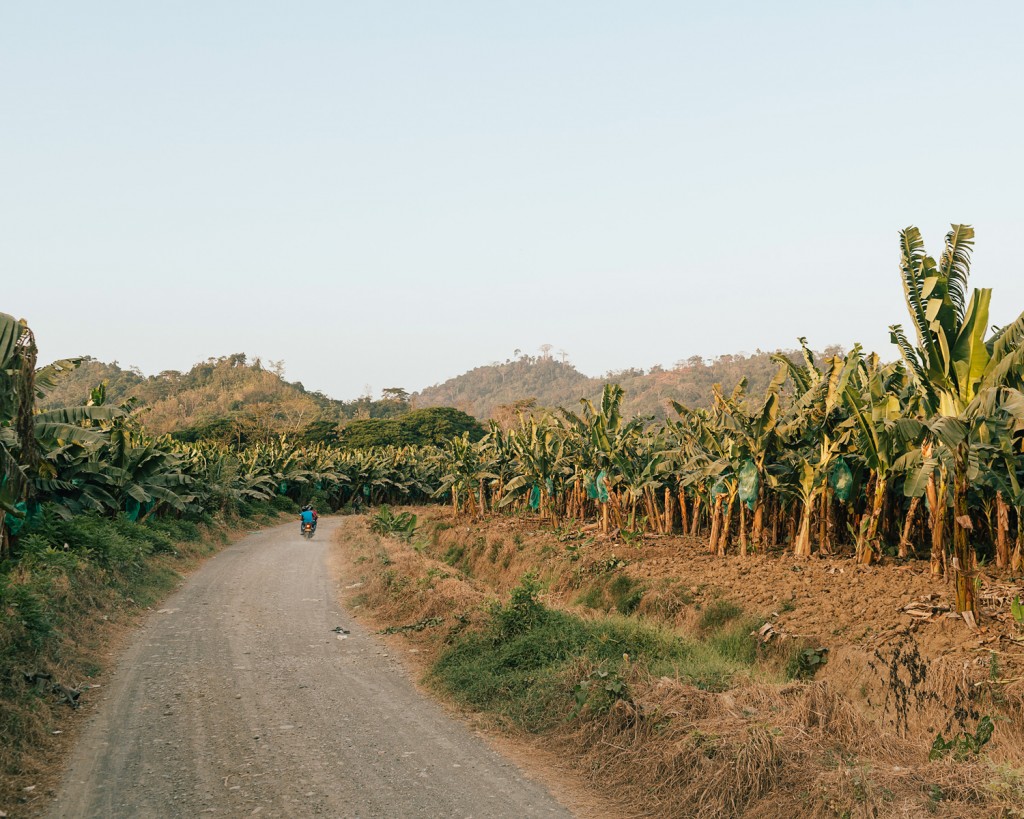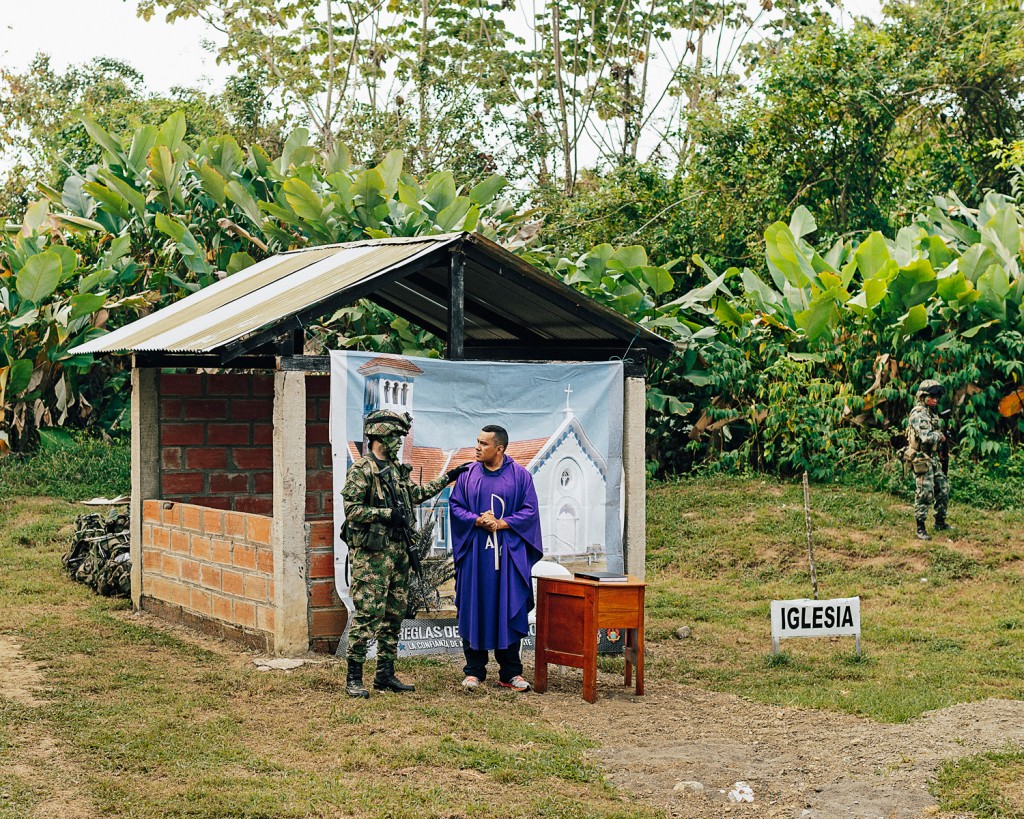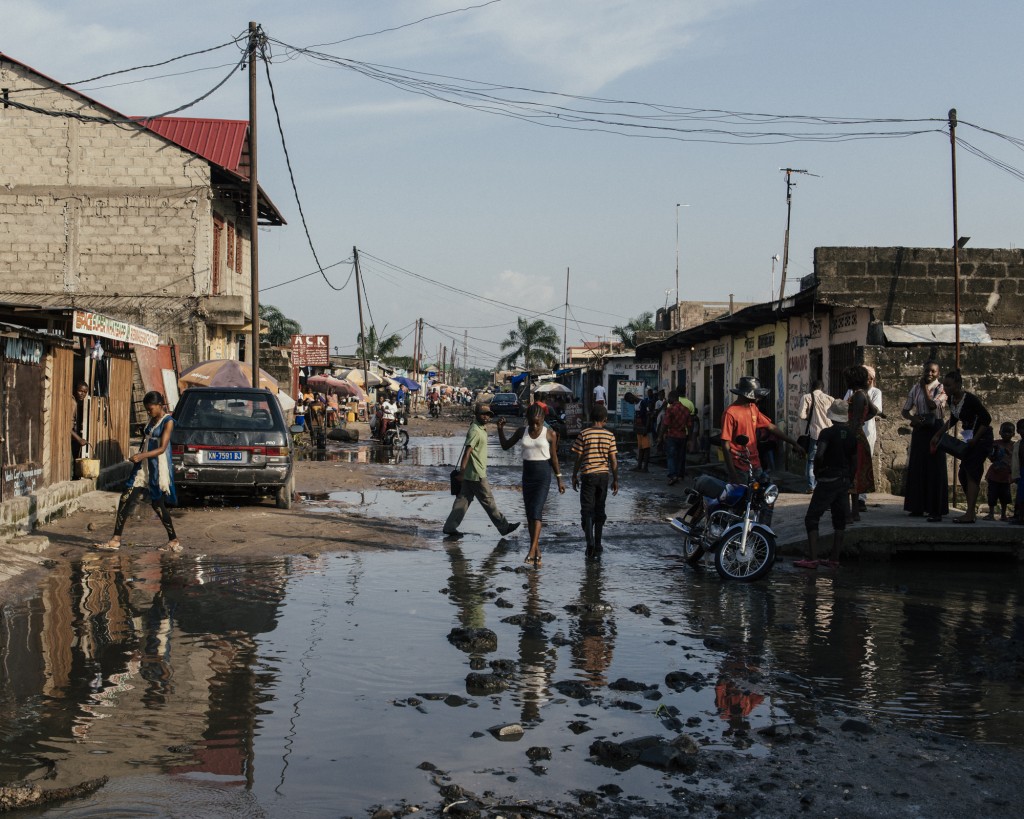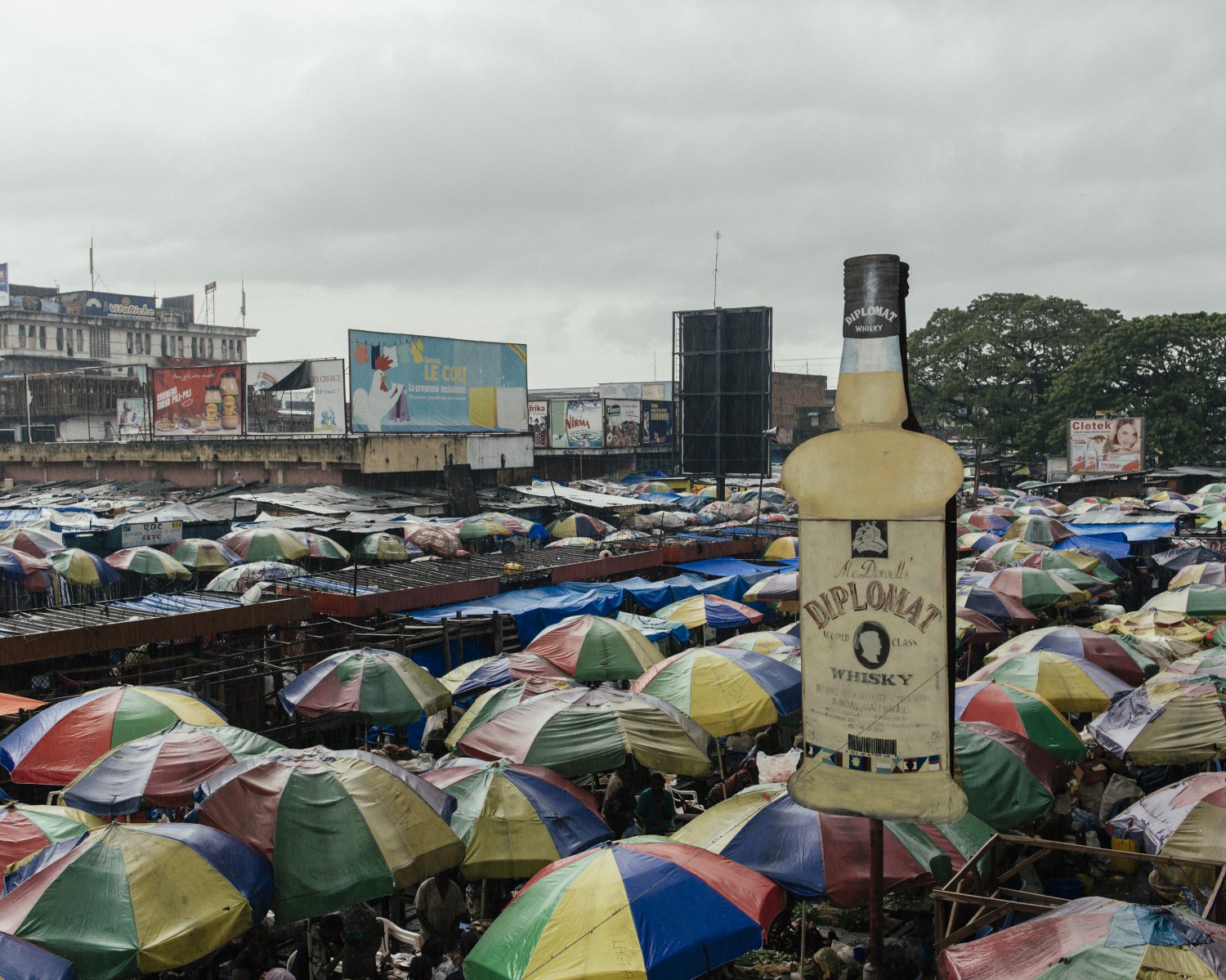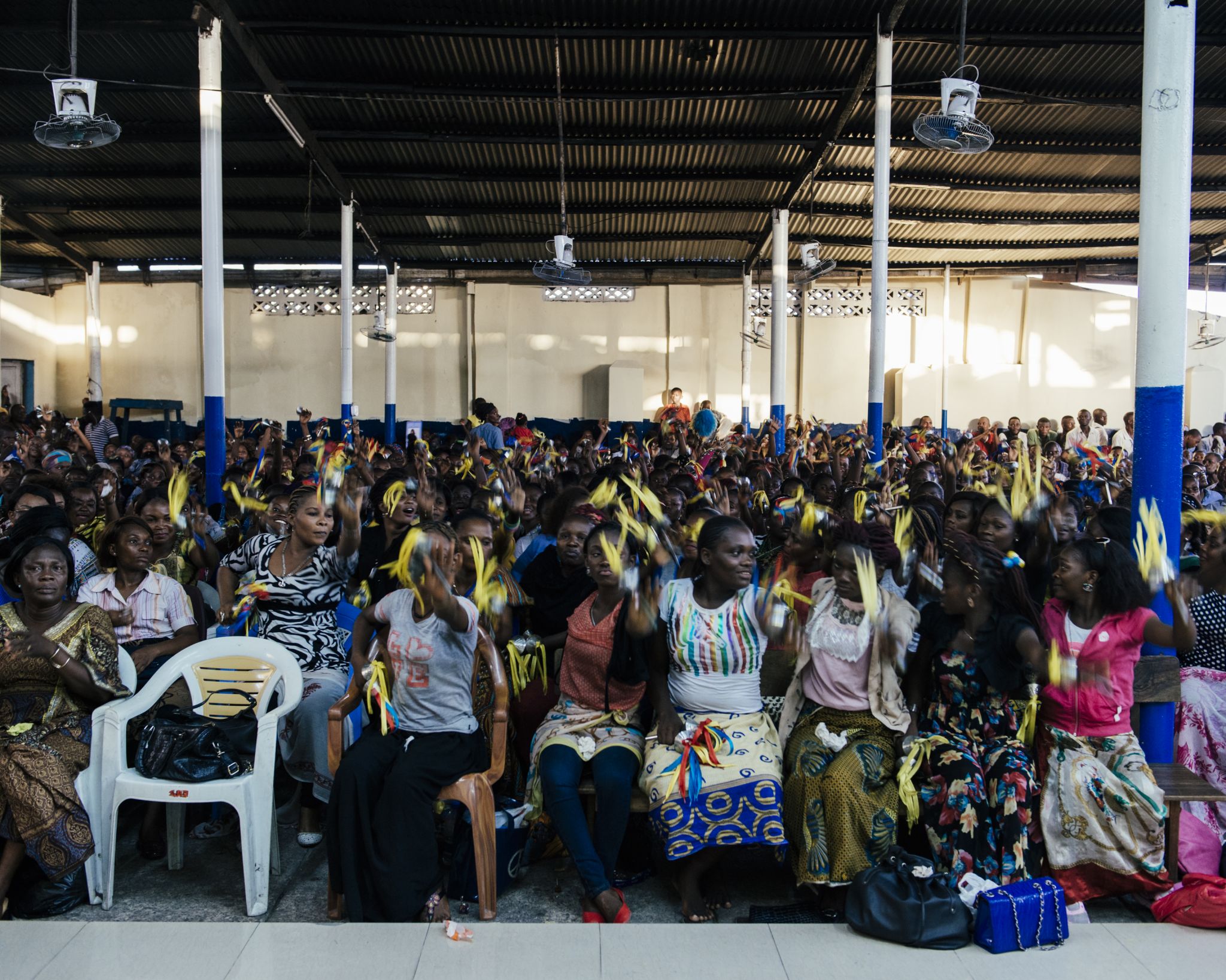The Memento project, by Trëma photo collective – one of the recipients of the 2015 ZUM/IMS Photography Grant –, reconstructs the memories of two immigrants who have moved to Brazil in the last years: Dany Vásquez, from Colombia, and Theresa Senga, from Angola. It compiles photos taken in Brazil and in their home countries.
Dany Alberto Pérez Vásquez was born in Medellín, Colombia, in 1983, the son of José Isidoro Pérez, a lumberjack, and Nancy del Socorro Vásquez, a seamstress. He grew up in Comuna 1, in the mountainous region to the northeast of the capital of the Province of Antioquia. The early years of his life coincided with a period of heavy conflict in Colombia. In November 1985, guerrillas belonging to the M-19 group invaded the Palace of Justice in Bogota, in a scene that was replayed on television countless times over the years that followed. When he was 6 years old, Dany moved with his family to Apartadó, a town about 300 kilometres north of the capital in Urabá Antioquia, a banana producing region. The family lived and worked on the El Paso Fazenda, where constant aerial spraying with glyphosate covered the banana palms in a toxic cloud. The new health regulations introduced in the mid-1990s forced the Pérez Vásquez family to move to the city. They settled in La Alborada, a neighborhood in the southern region of Apartadó. The conflicts between the guerrillas, paramilitaries and the army – installed little more than 200 meters away from their house – were routine and forced the family to hide at home waiting for the end of the gunfire. Dany’s parents also fought between themselves, using any object that came to hand, or knives. The father’s alcoholism drove the children away. Years later, the eldest son Edwin Antonio joined a paramilitary group and died in combat. According to a Colombian saying, if they die violently, people disappear from the photographs. Dany took his girlfriends to ice cream shops and the Los Bomberos park. He would listen to Vallenatos popular music with his childhood friend Yancarlos Osório. “Yo soy amigo de mi peor enemigo/ no sé lo que es el rencor ni la maldad/ soy el fruto del amor y mi alma está/ para todo el mundo llena de cariño.” [“I am the friend of my worst enemy/ do not know what is rancour or evil/ I am the fruit of love and my soul/ is full of love for everyone.”] When he was 18, Dany was called up for compulsory military service and met his future wife, Johana Patricia Pacheco Franco. After his compulsory service, he became a professional soldier. He woke up to the cry “Bienvenidos al infierno, mocos” [welcome to hell, boys], and was taught to treat his weapon, an Israeli imi Galil arm rifle, better than “a su novia y a su madre” [better than your girlfriend and your mother]. His time in the 330th Anti-Guerrilla Battalion coincided with the Colombia Plan, which intensified a conflict that had already lasted more than fourty years. Dany was a radio operator on dozens of campaigns against the farc (Revolutionary Armed Forces of Colombia). During one of the worst incursions into the jungle, near the Cañon de la Llorona tunnel, he was shot in the leg. In ten hours of battle, dozens of soldiers and guerrillas were killed, in carnage common on that stretch of the National Highway 62, flanked by the Sucio River. In 2006, Danny left the army and returned to Apartadó to live with his wife, who was pregnant with their first child, Michael Andres Pérez Pacheco. He worked as a picker, packer and bagger on the plantations, but did not settle down in the job. Family excursions to the beaches at Necoclí were rare moments of leisure. He also worked for a loan shark, managed the Fonda La Elegancia guest house and packed shopping in supermarkets. In 2012, his daughter Lea Saray Pérez Pacheco was born. The family was living in the Obrero neighborhood when the difficulties grew greater and led Danny to emigrate. In July 2015, he arrived in Brazil. He lived in Rio de Janeiro and São Paulo. The following year, he brought his wife and children to Brazil and went to live in João Pessoa. (The memories of Dany Alberto Pérez Vásquez were recorded between december 2015 and april 2016.)
Theresa Senga was born in 1988, in Luanda, Angola, daughter of John Mkikabaka, a firefighter, and Joana Bernardete Senga, a sales assistant. Her father died in a fire in 1991. In October 1992, the conflicts of the civil war, which had started in 1975, arrived at the capital of Angola. Theresa and her mother joined thousands of other inhabitants of Luanda in leaving the city and heading for Kinshasa, capital of neighboring Zaire, now the Democratic Republic of Congo. During their escape, Theresa fell off a bridge onto a pile of corpses. She was rescued by her mother. The family lived for a few months with other refugees on the border between the two countries. Theresa’s mother was shot in the leg during a firefight and was transferred to Kinshasa, where she spent about a year in treatment before succumbing to her wound. When she was five, Theresa Senga was adopted by Eugenia Sanda Kimbondo – the nurse who had treated her mother – and Bernardo N’gongia. The Angolan refugee came to be called Brunella N’gongia and lived in a shack in Matété, a district in the south of the Congolese capital. Her new family looked after ten children. During the week, they ate fish, which could be bought cheaply in the street markets of the capital; on Sundays, the family shared meals of rice, beans, chicken and pondu, a stew made with cassava leaves and palm oil. Brunella wanted to be a nurse. She studied in the morning, and in the afternoon helped her mother to sell clothes near the Central Market. When she was 14, she started dating Tomás Kiakeba, an Angolan immigrant and a follower of the spiritual leader Khonde Mpolo Dominique, of the Church of God’s Word. With the end of the civil war, in 2002, Tomás decided to seek work in the diamond mines in Angola. Their relationship continued at a distance until the two reunited in Kinshasa in 2009 and married in a lounge in Matété – she wearing white and Tomás, a green suit. Months later, he returned to Angola, leaving Brunella pregnant with their first daughter, Eugenia Quefira Essamba Kiakeba. Receiving no news from her husband for about two years, Brunella sold the tv, purchased goods and went with her daughter to Luvo, on the border with Angola, where she worked in a street market. There, she met Joaquim, an influential Angolan, who offered her a job and a home in Luanda. Brunella returned to being Theresa Senga. While working, she longed to find her husband. Tomás discovered that his wife was seeking him when he heard his name on a radio program which helped reunite relatives separated by the civil war. In 2014, the couple had Quemelisa Silvia Essamba Kiakeba. At the same time, Theresa’s relationship with her boss became violent. Theresa was kidnapped and raped. For a month, she was kept captive in a room adorned with the statue of the Thinker, the national symbol of Angola – until she escaped and took refuge with relatives. Threatened with death by Joaquim’s wife, she left the country. Theresa, Quemelisa and Eugenia arrived in São Paulo in October 2015. In January 2016, Tomás joined them. The family has plans to return to Angola. (The memories of Theresa Senga were recorded between december 2015 and april 2016.)
***
Read about the process of the project on their logbook:
Colombia
#1: A soccer field at the Granizal neighborhood, Medellín
#2: Dust, sand and boredom in Apartadó
#3: A dramatic war in Carepa military base, Colombia
Democratic Republic of the Congo
#5: Bones, larvae and sewage in Kinshasa biggest market
Besides that, in their research, the collective found impressive people and stories, but not all of them made to the final material. Along the process, they registered some of these characters in the ZUM website:
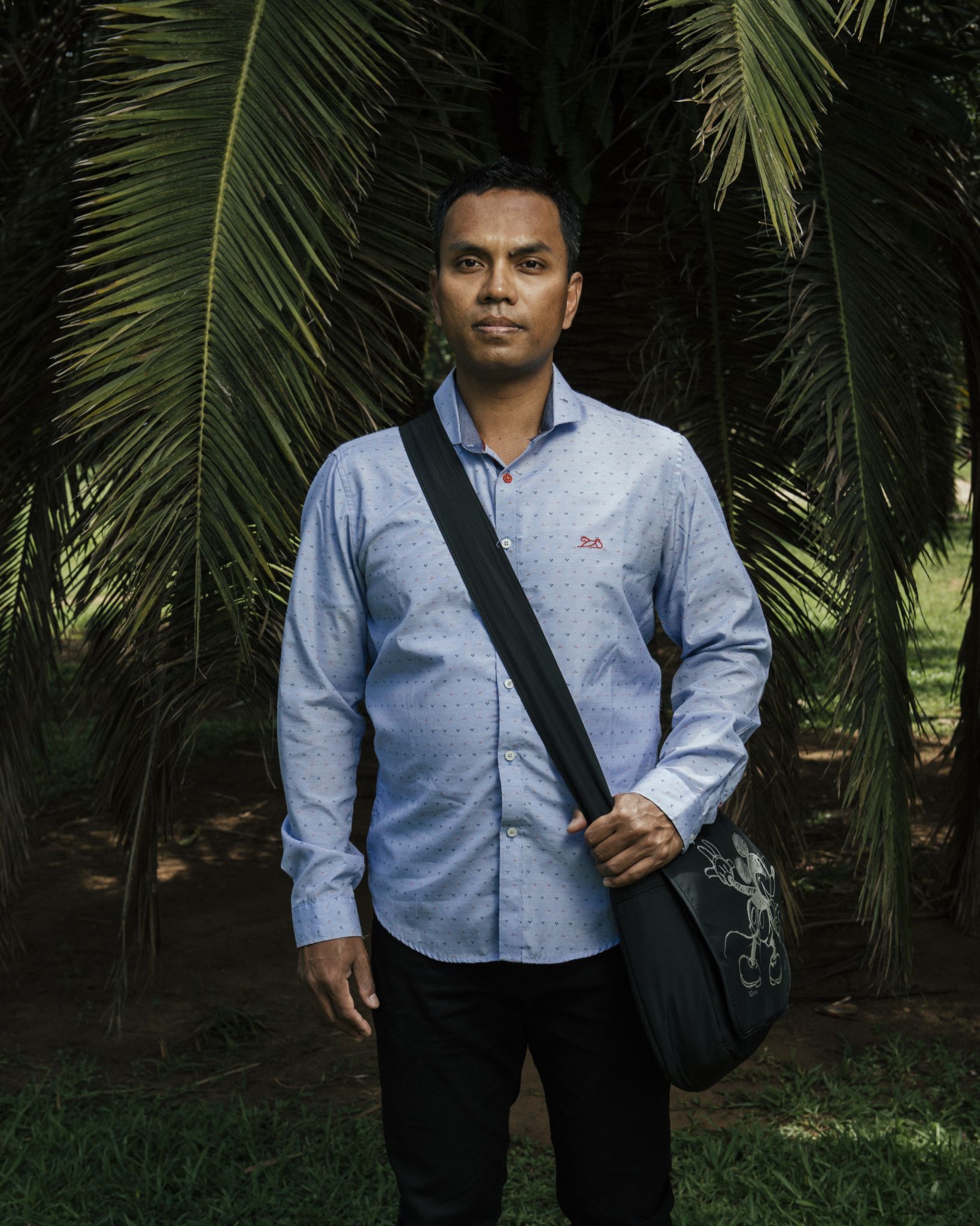
Christ Kamanda, 31: an engaged journalist is a deadly weapon
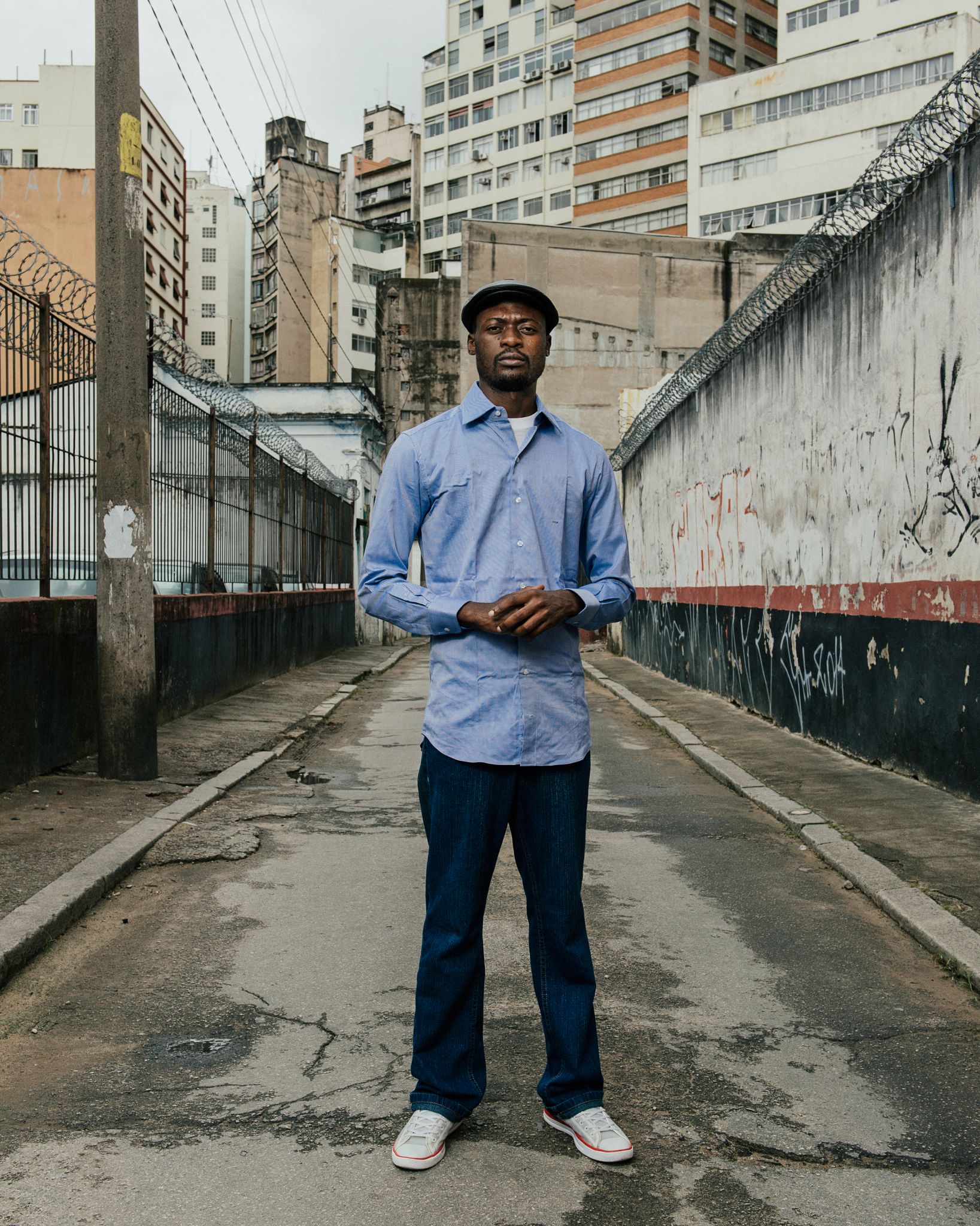
///
Trëma photo collective was founded by photographers Felipe Redondo, Gabo Morales, Leonardo Soares and Rodrigo Capote in São Paulo in 2013. It is dedicated to documentary and editorial photography, producing stories that deal with themes concerning Brazil’s society, with a particular interest in identity, traditional and contemporary expressions of the communities. Visit their website.


